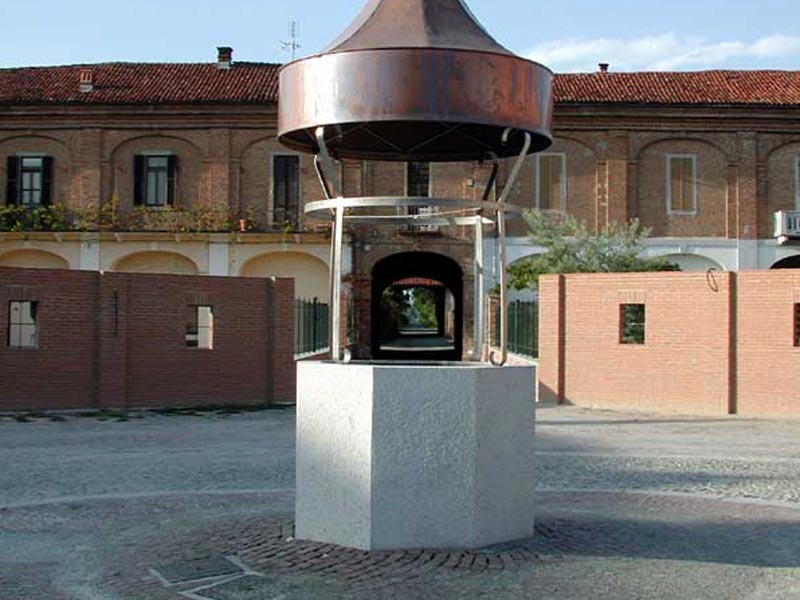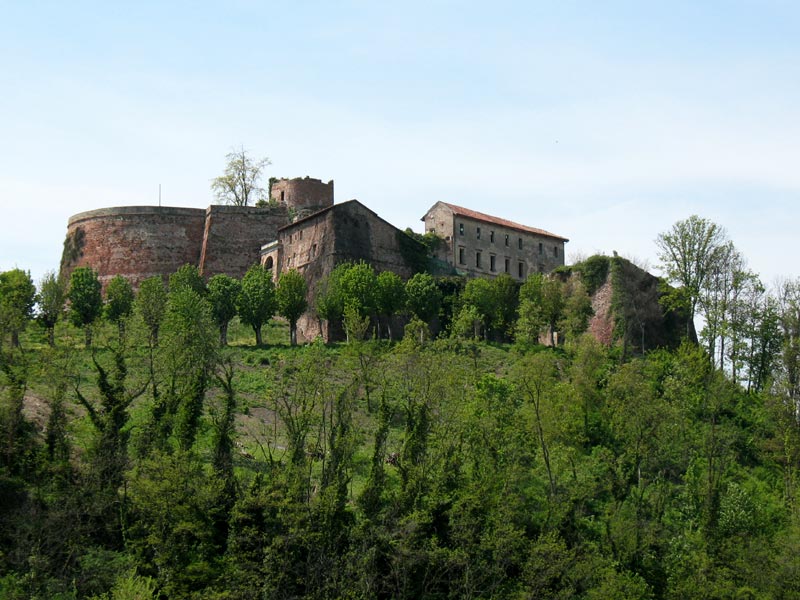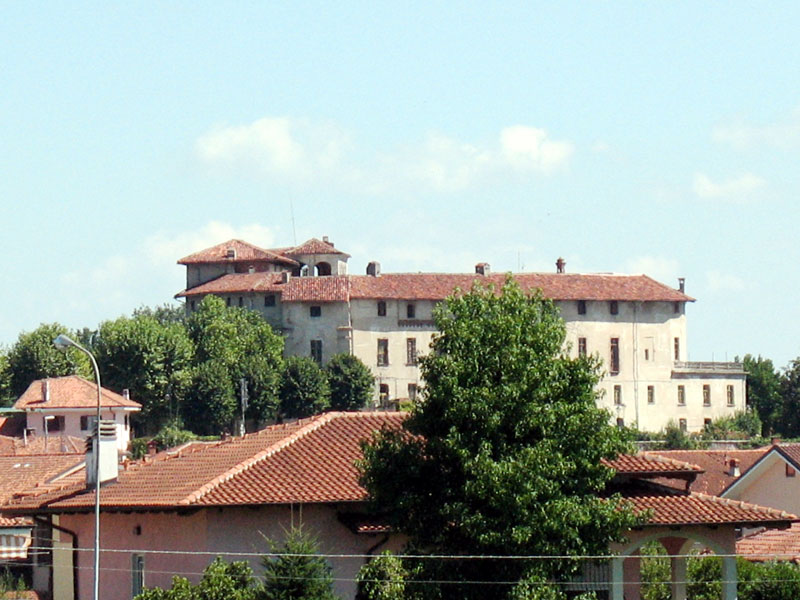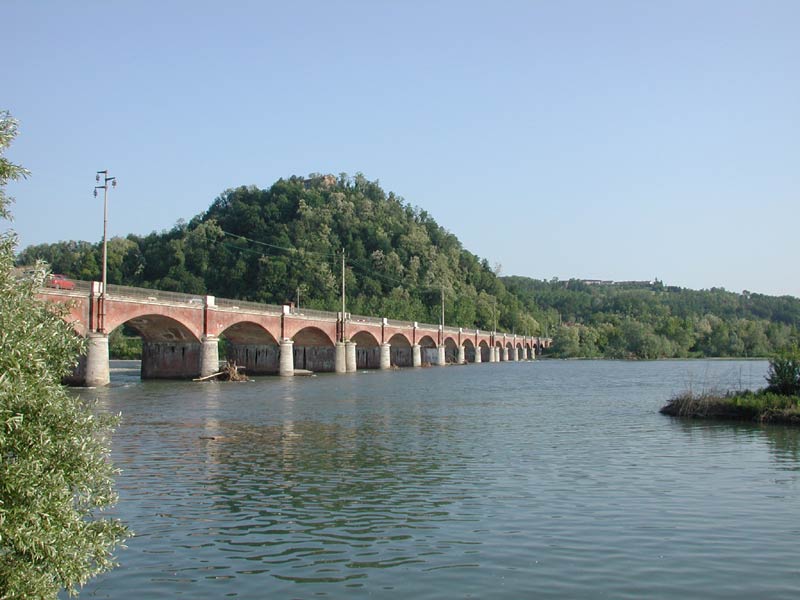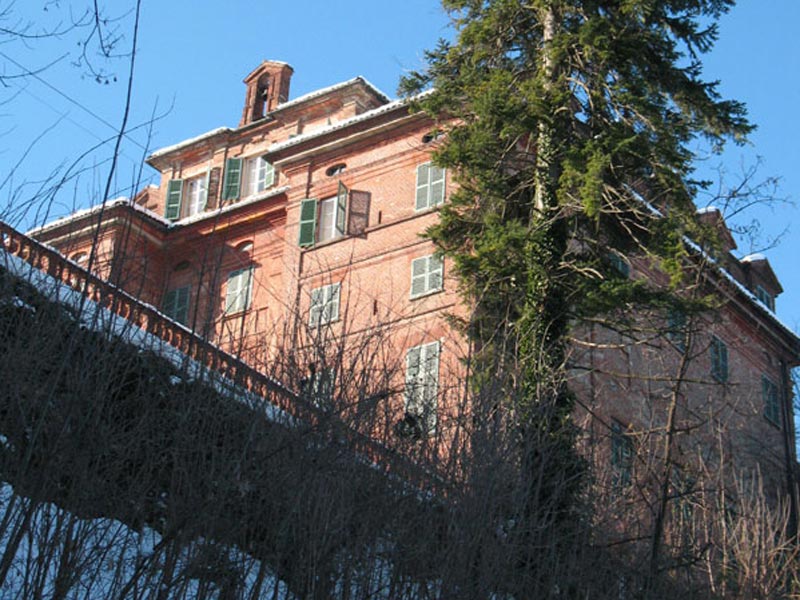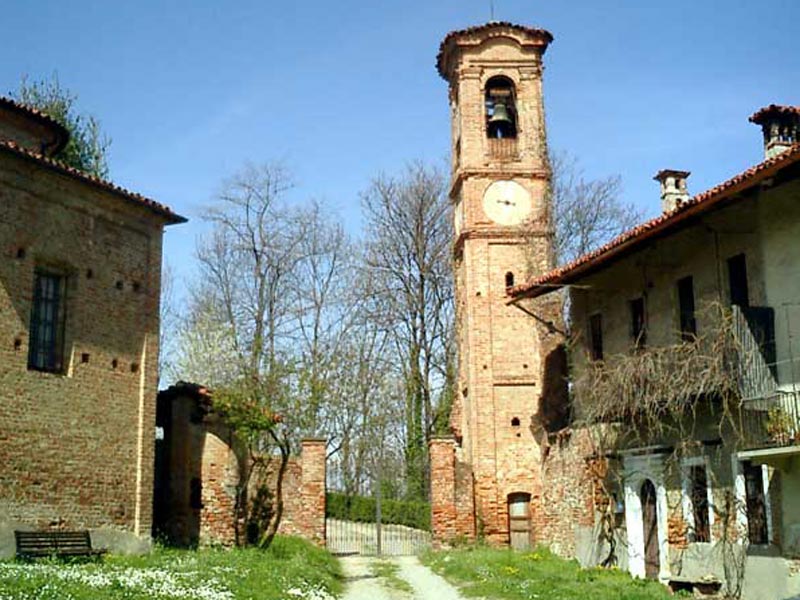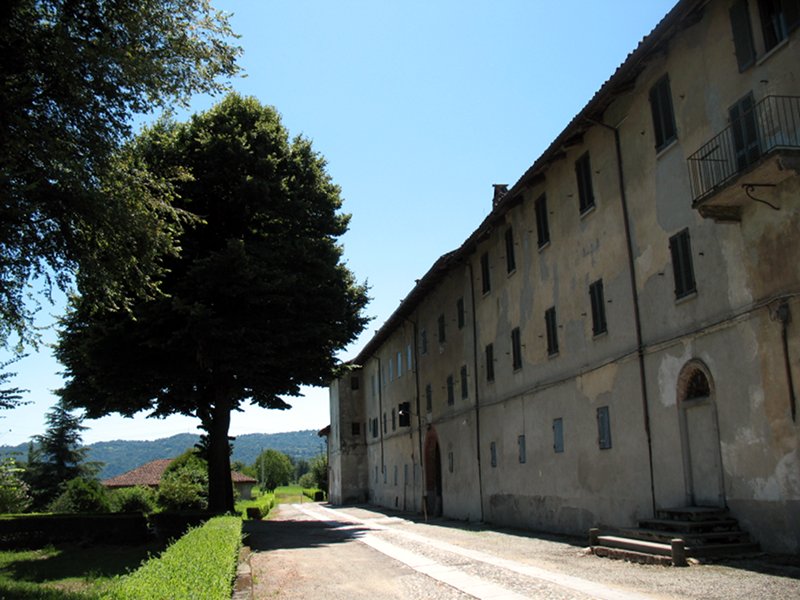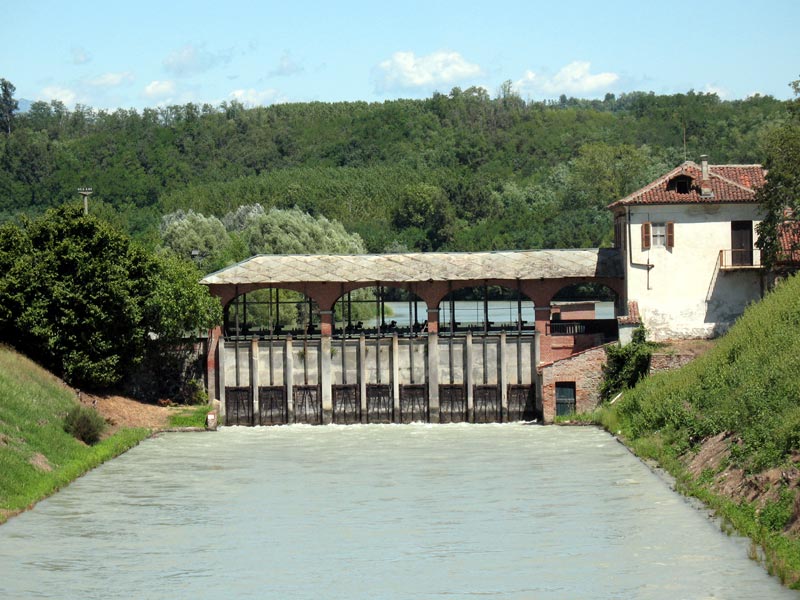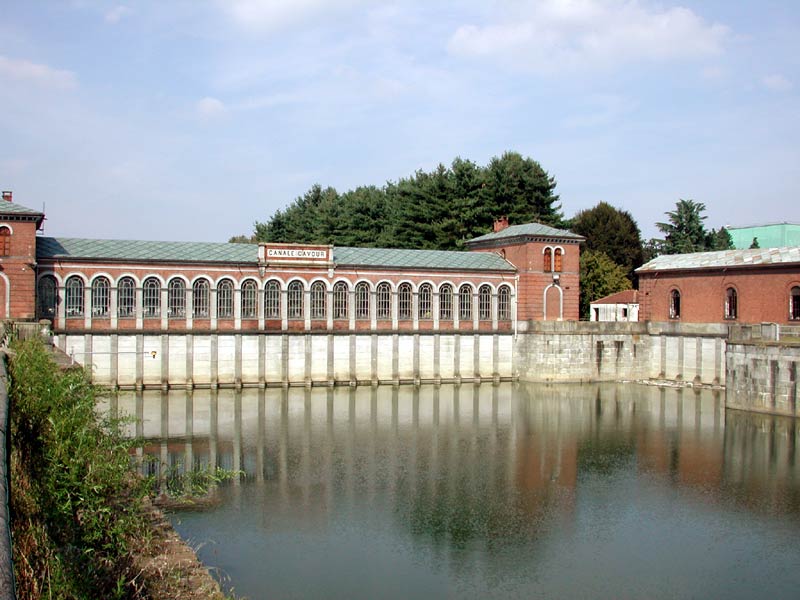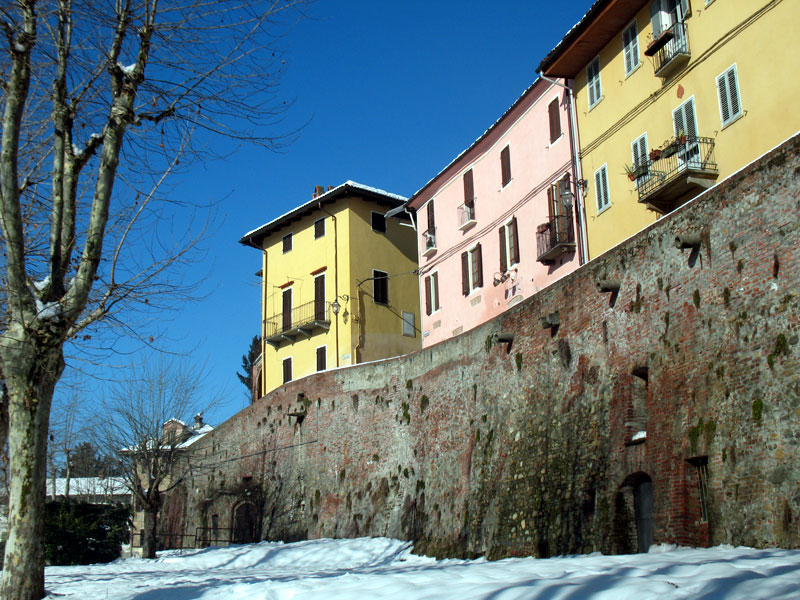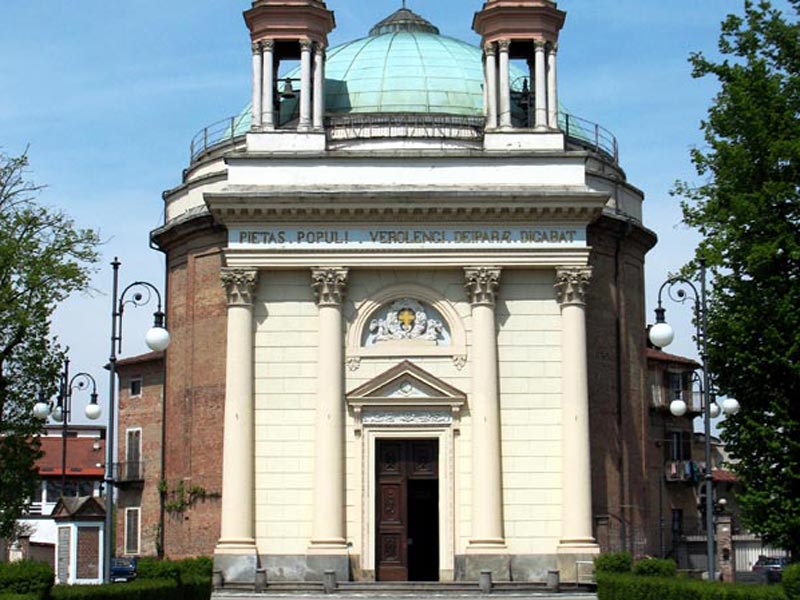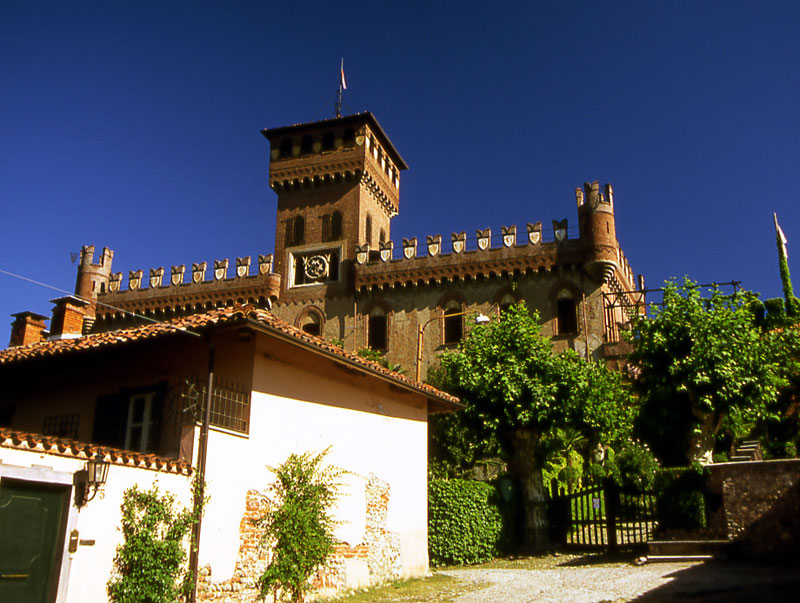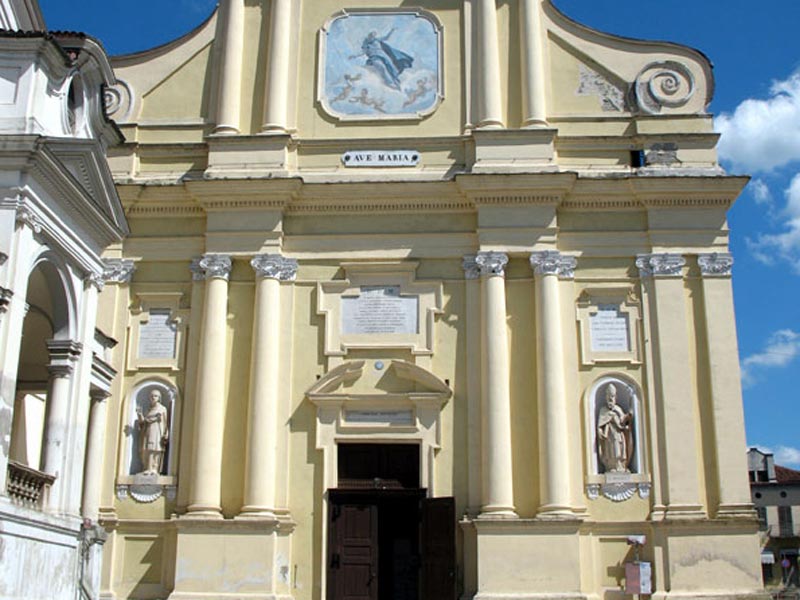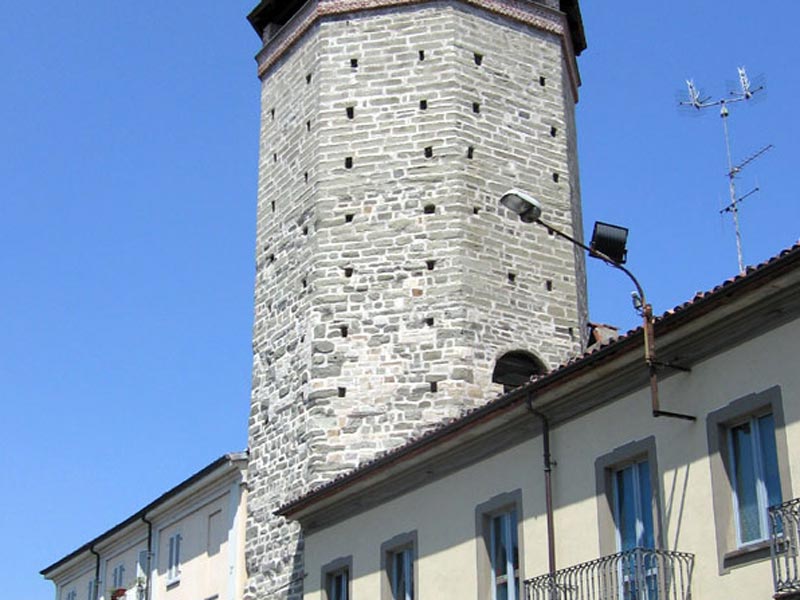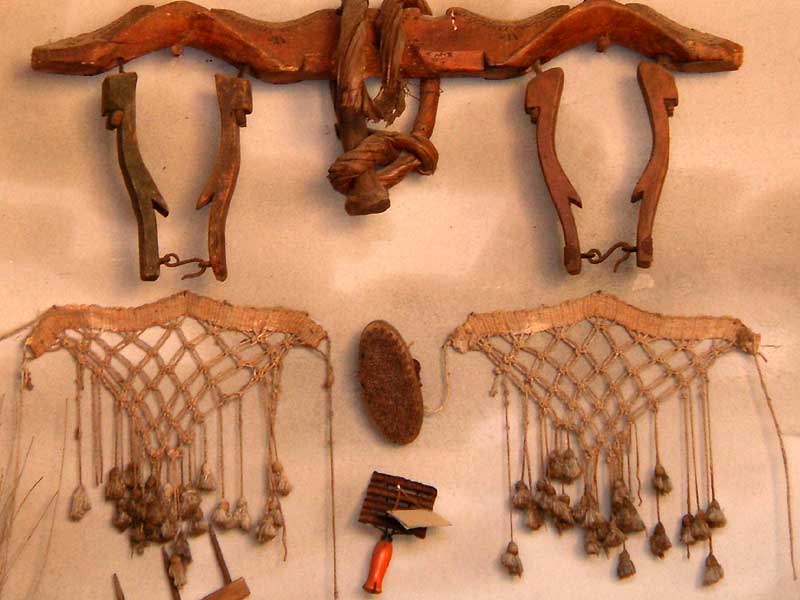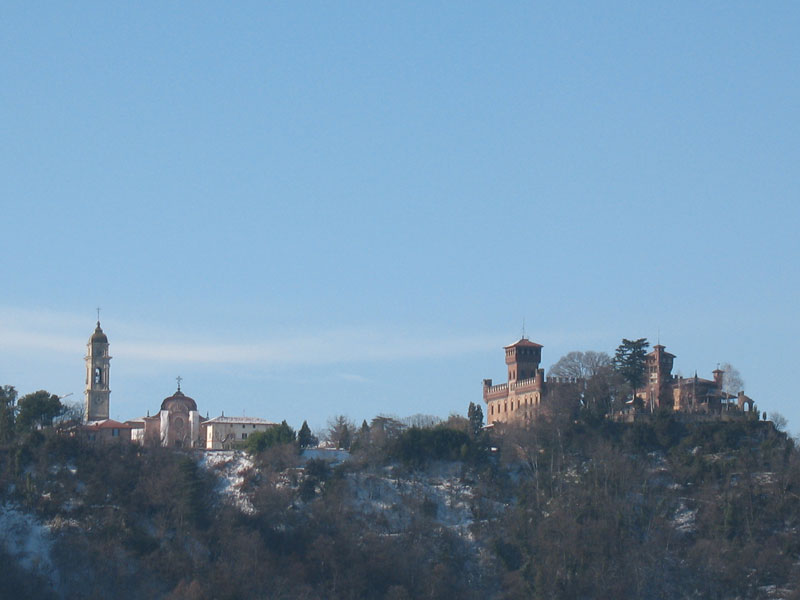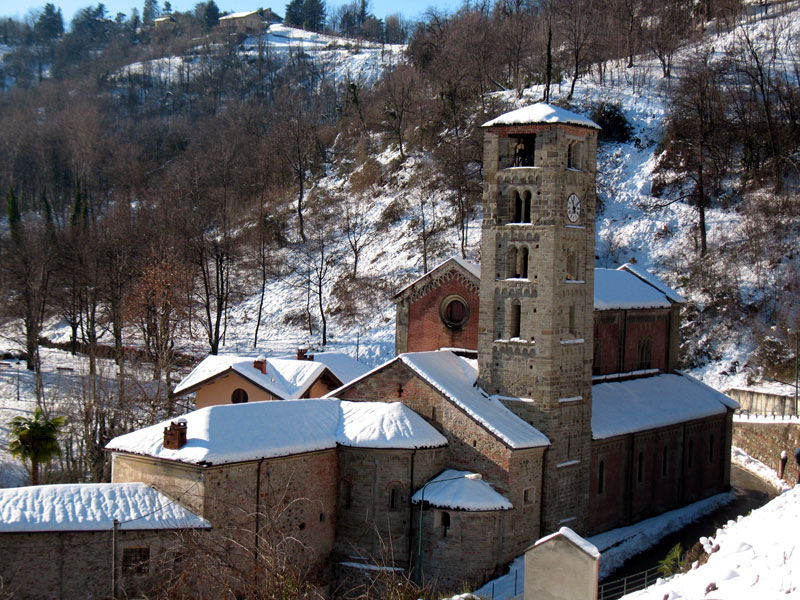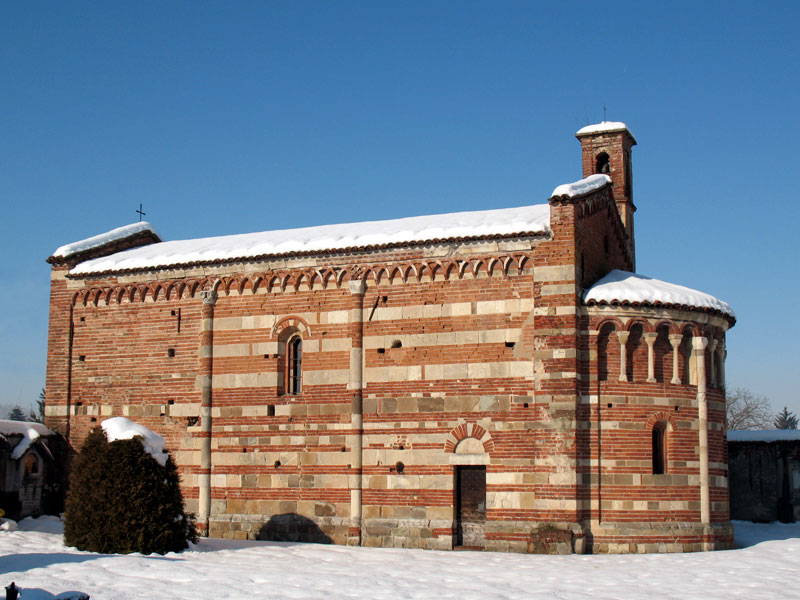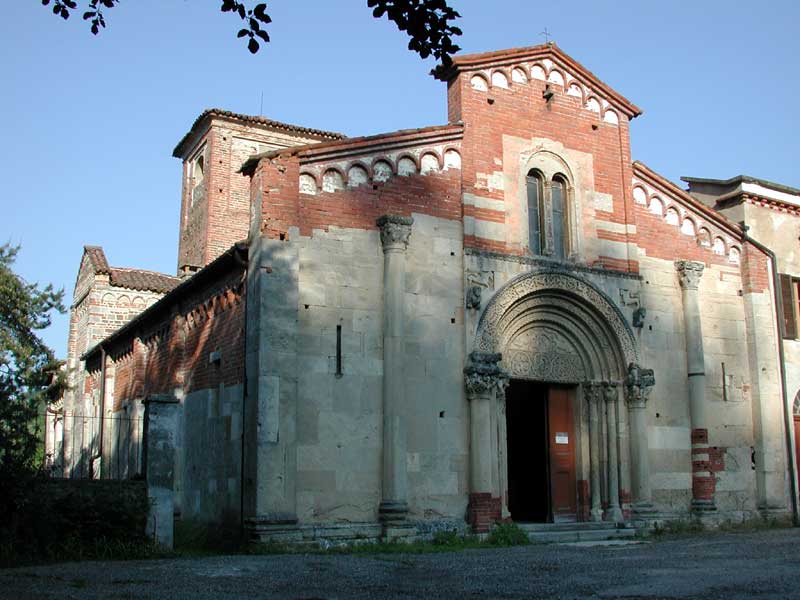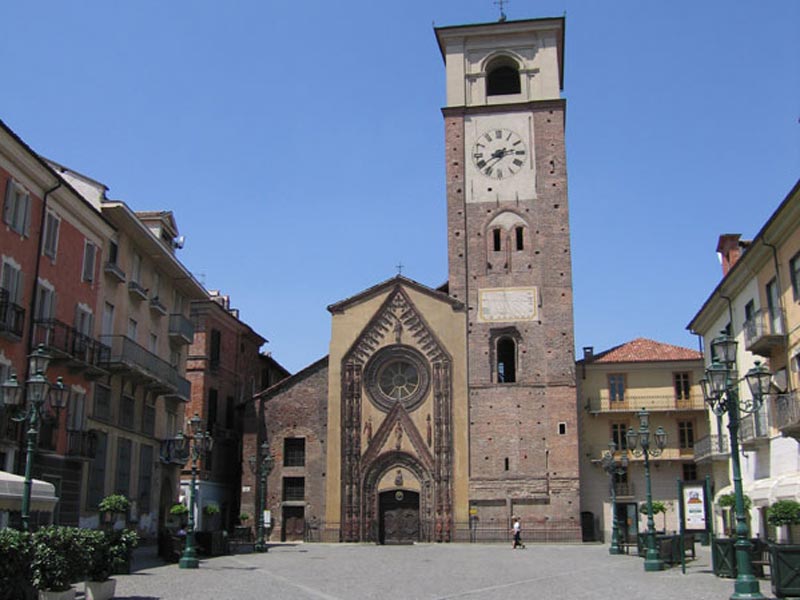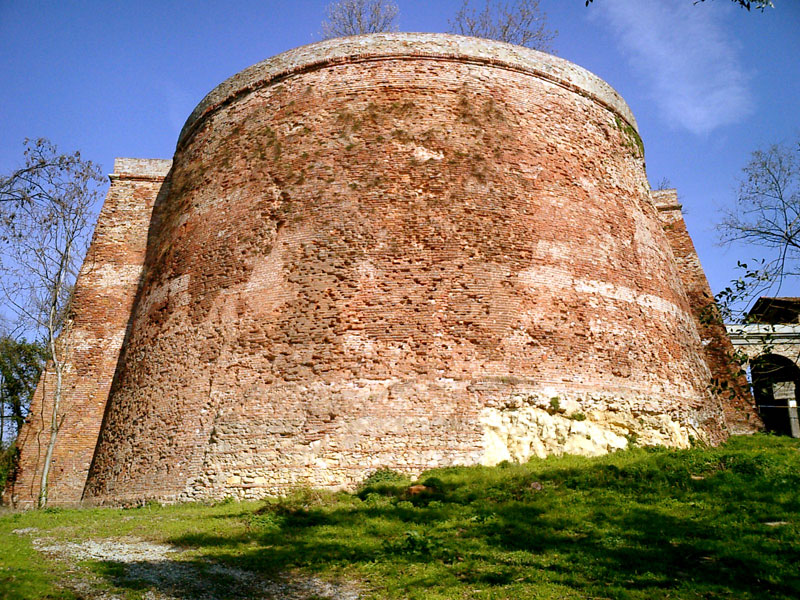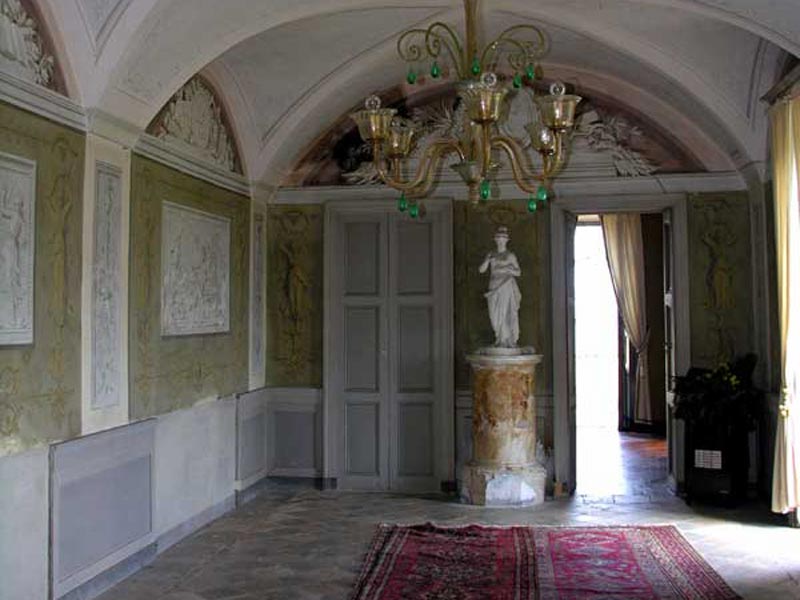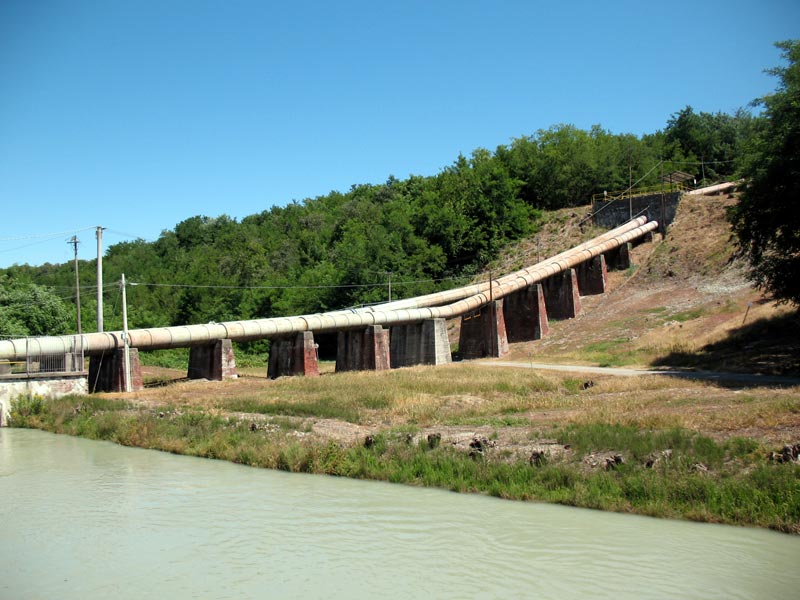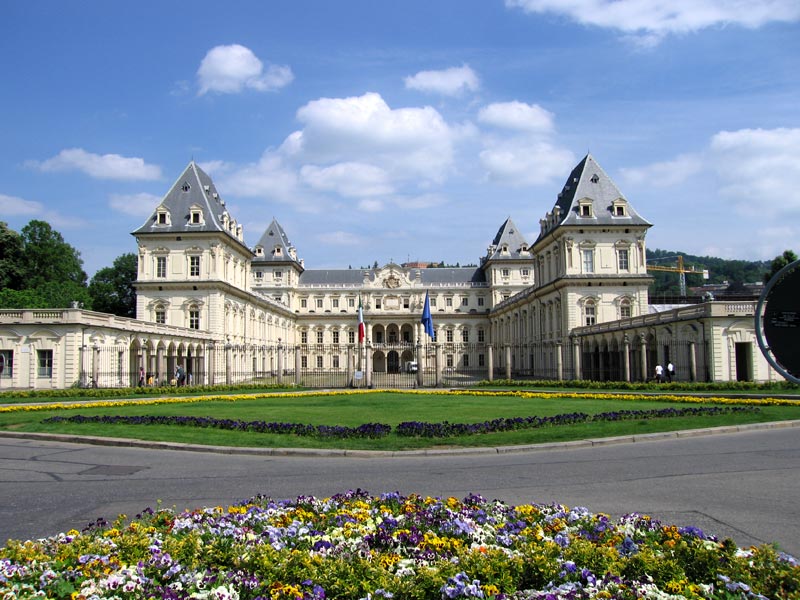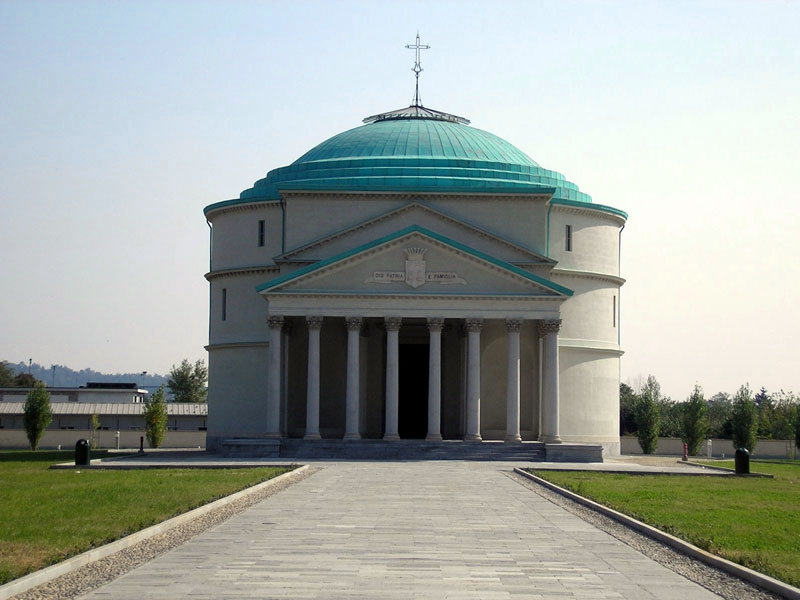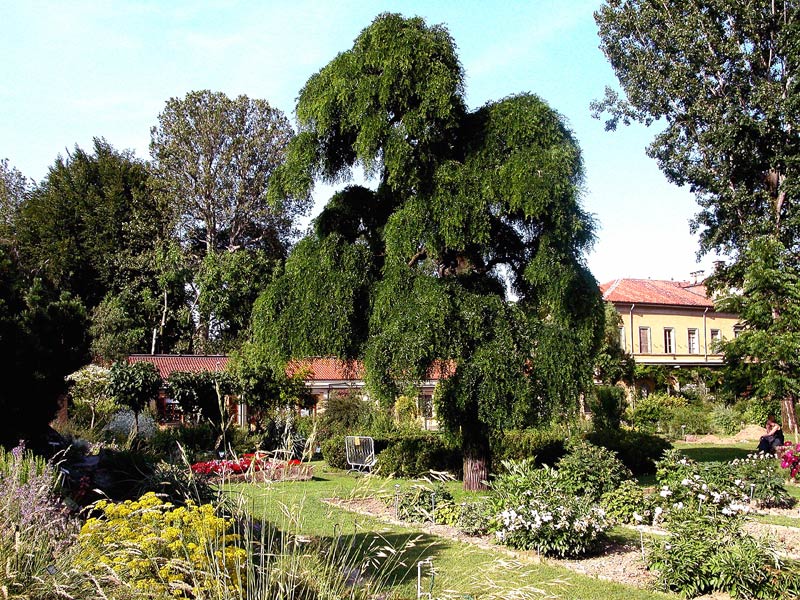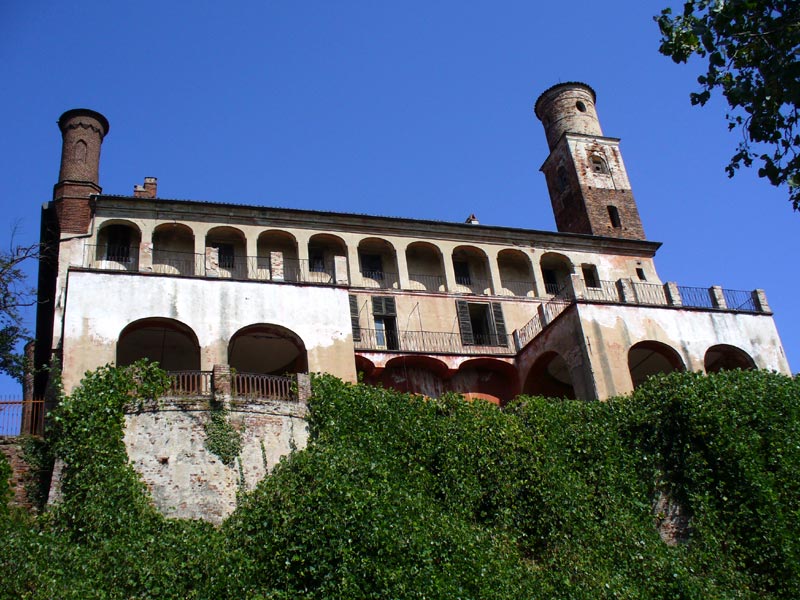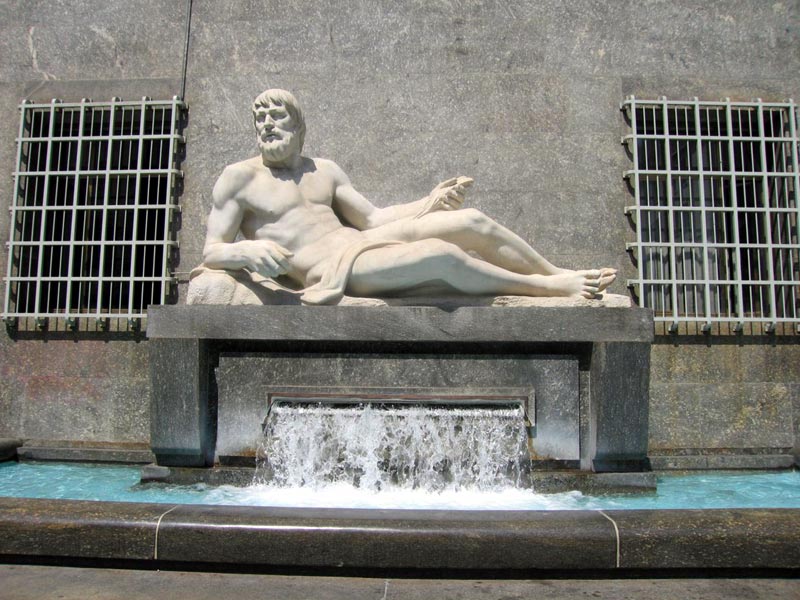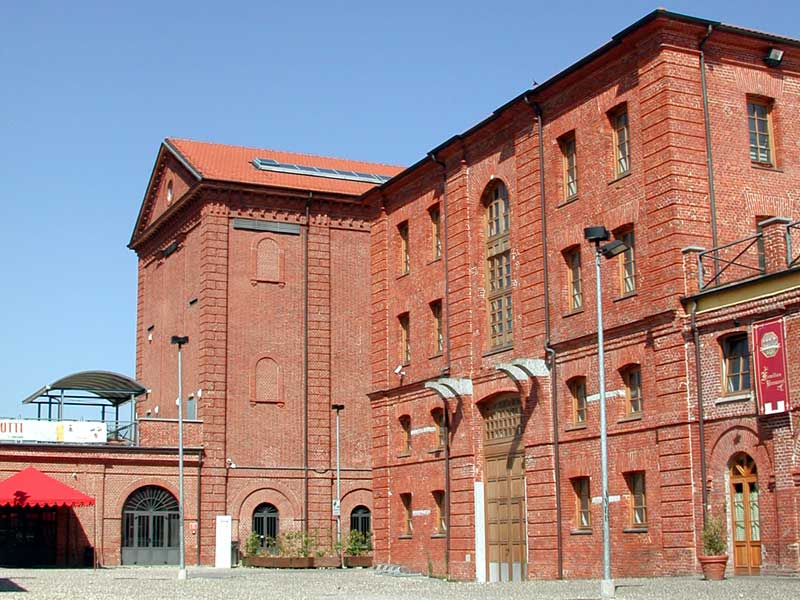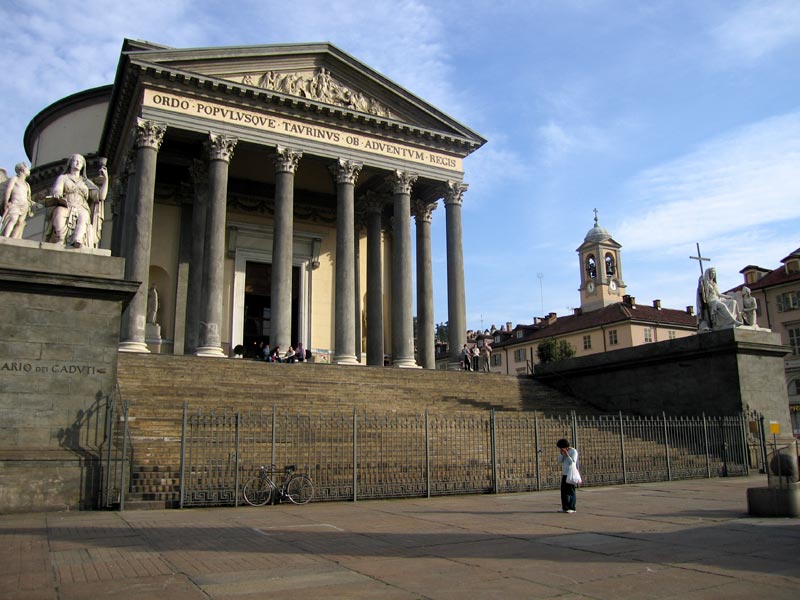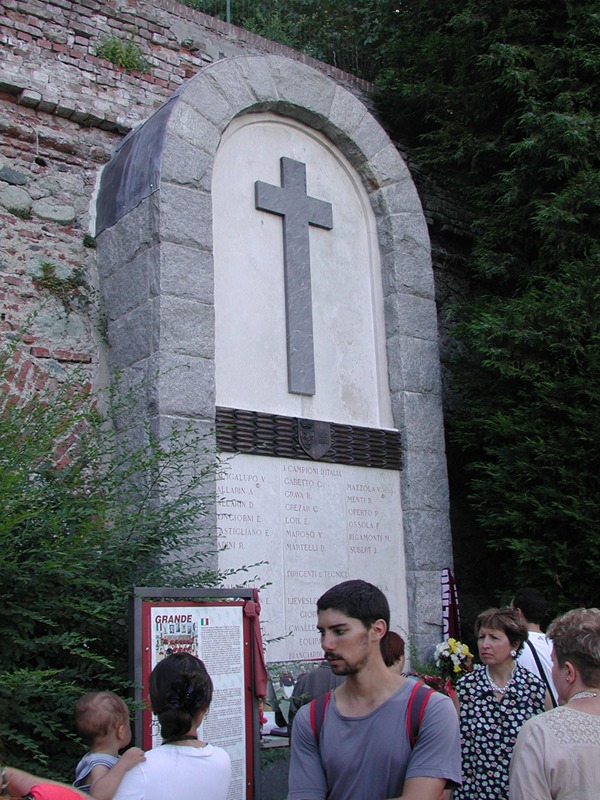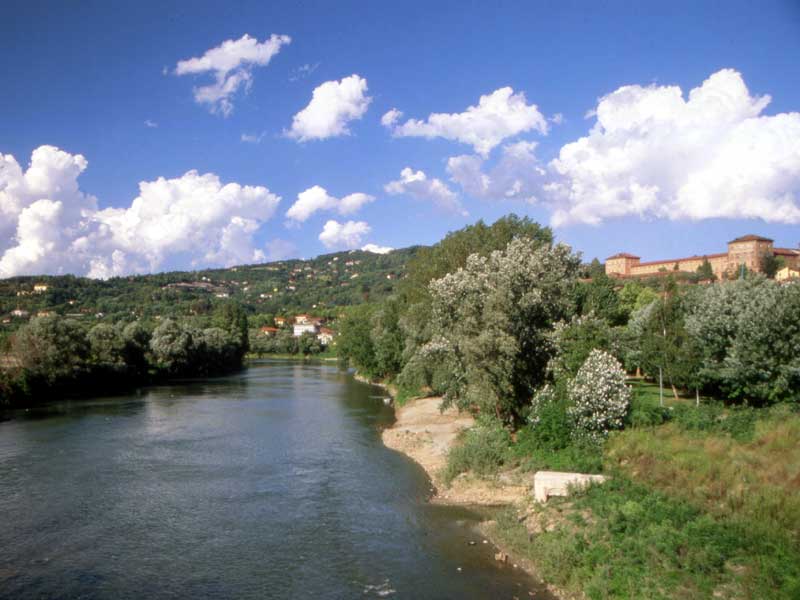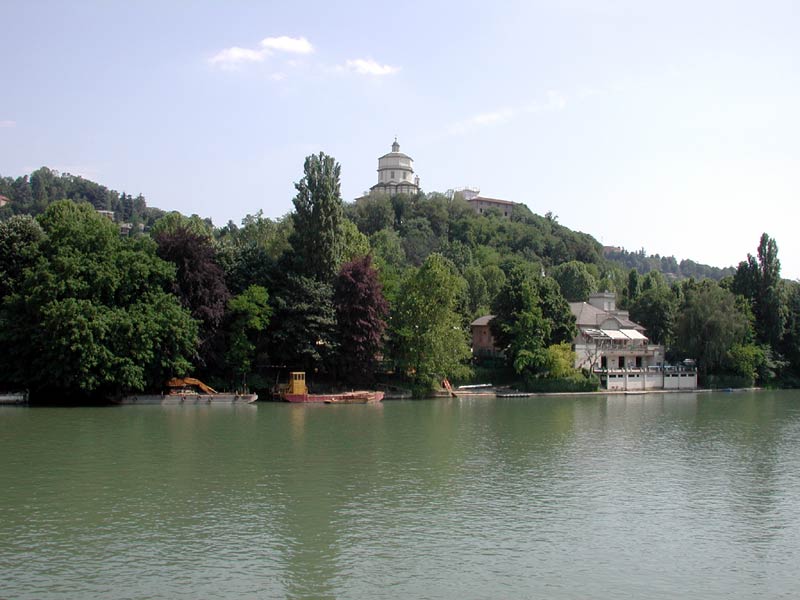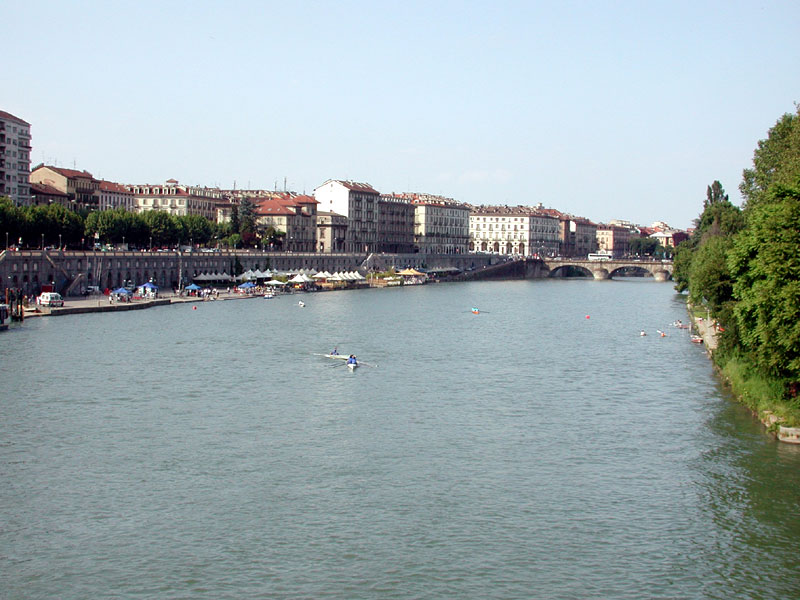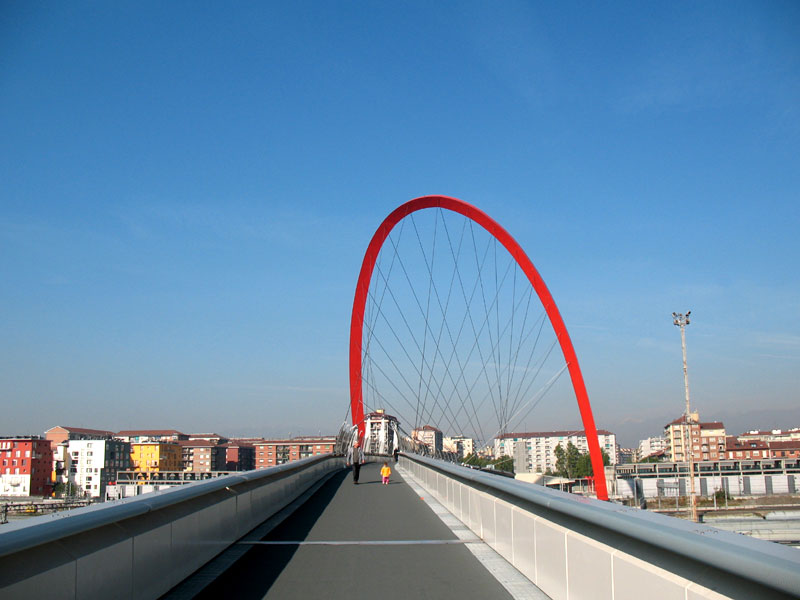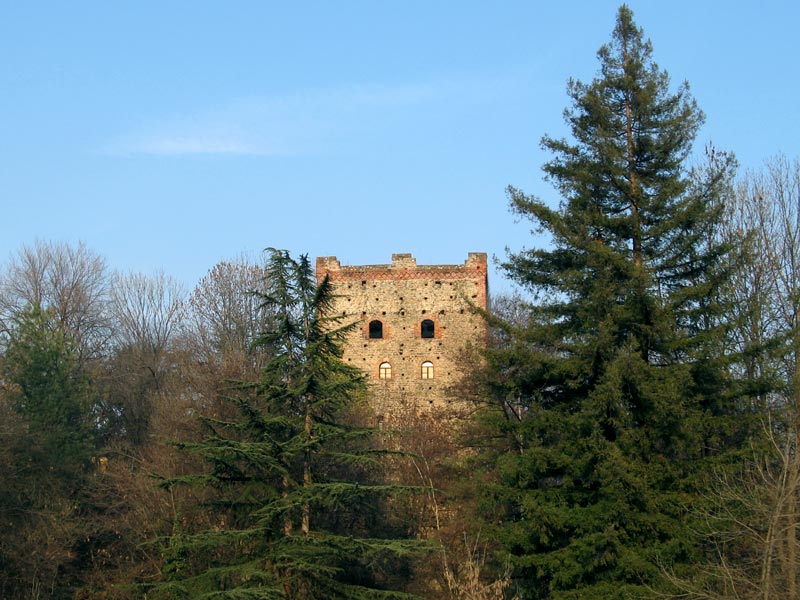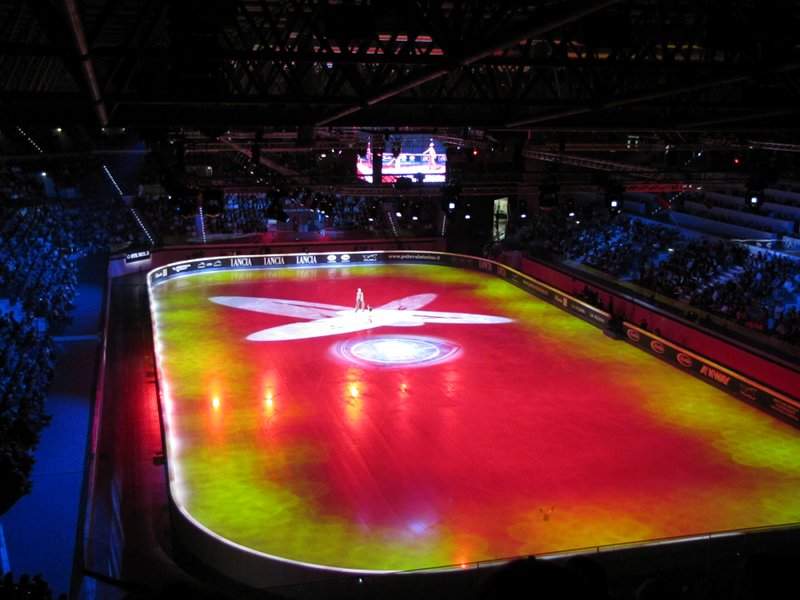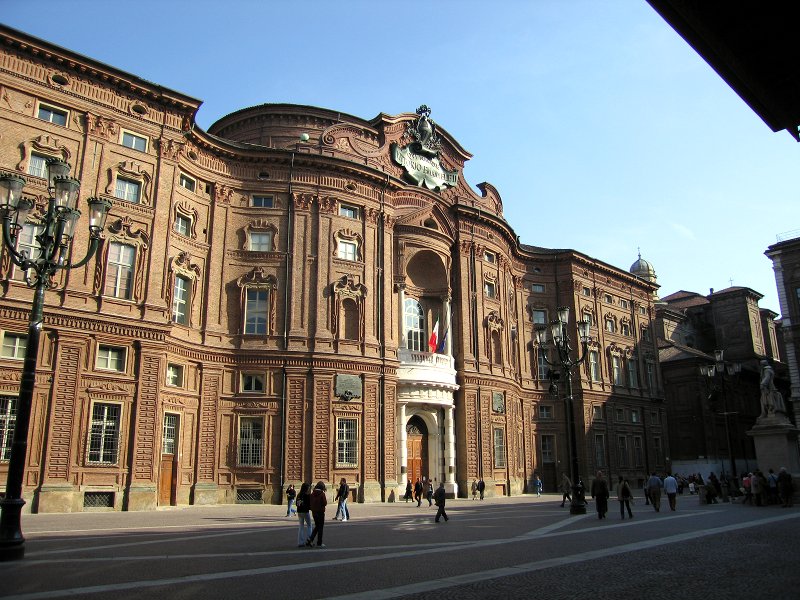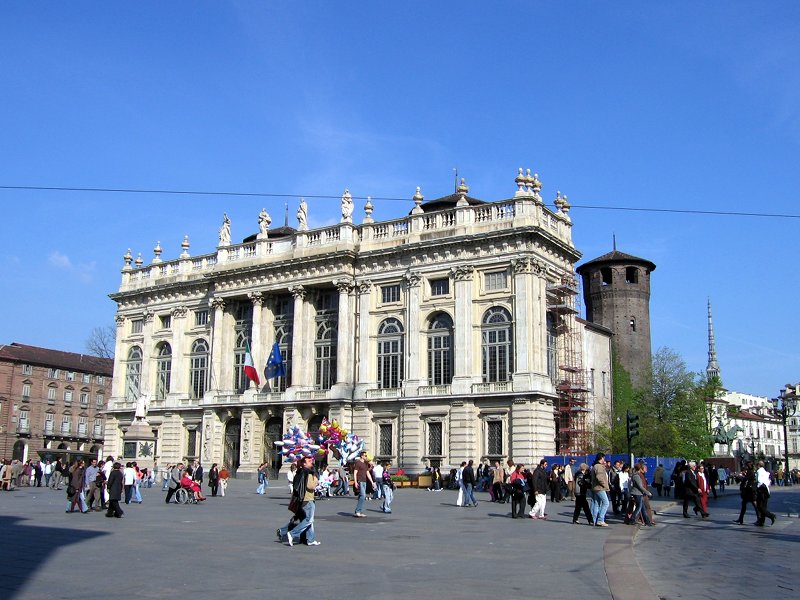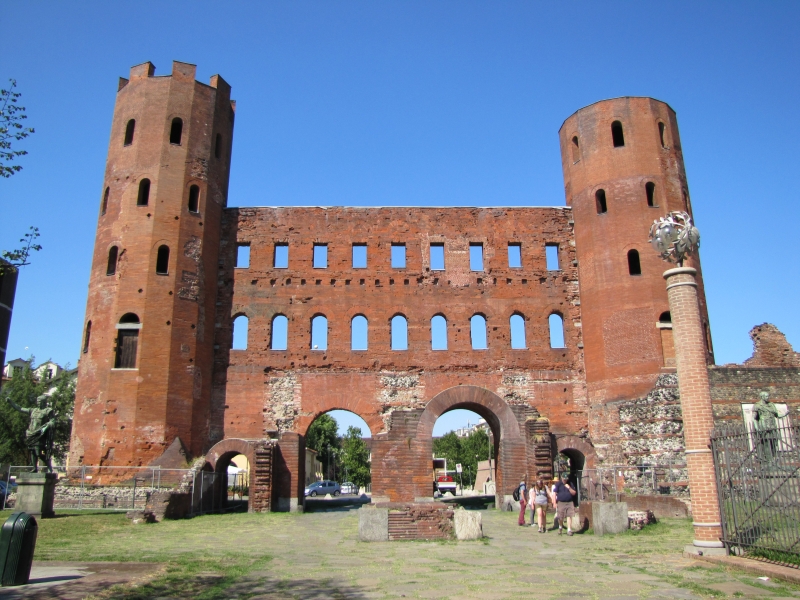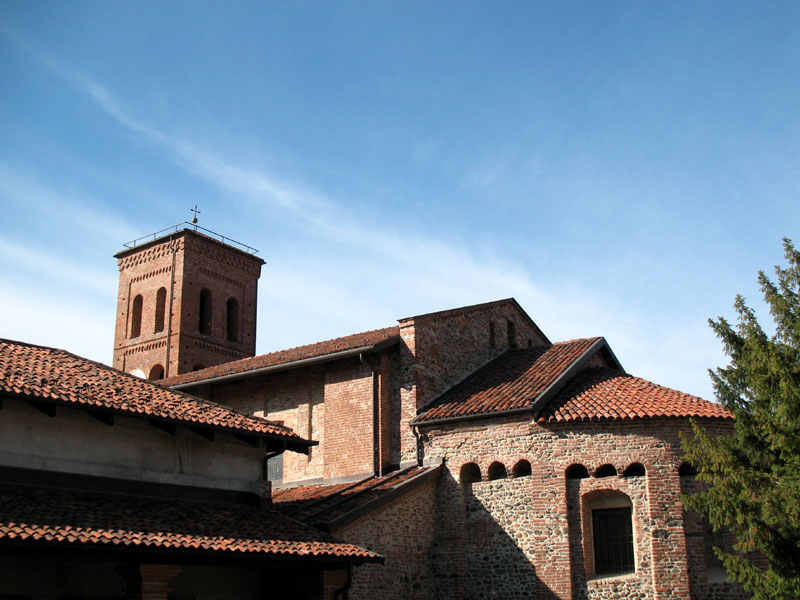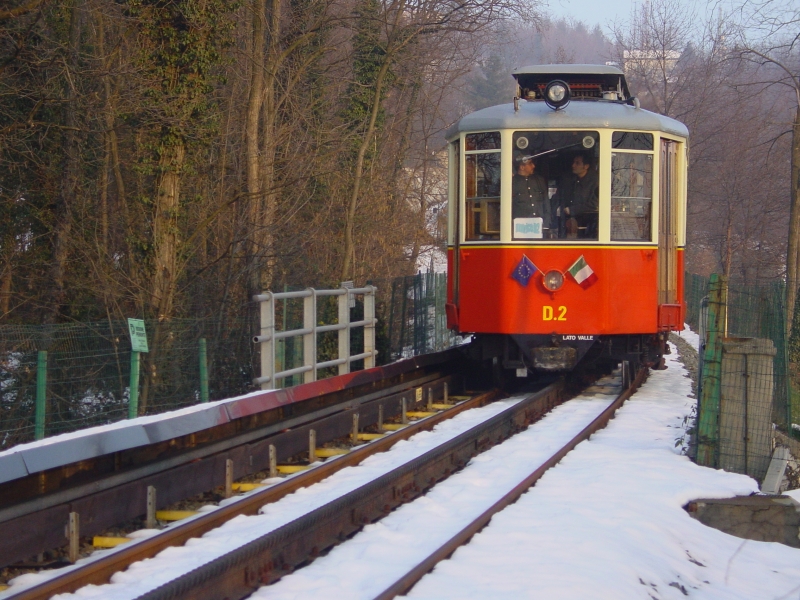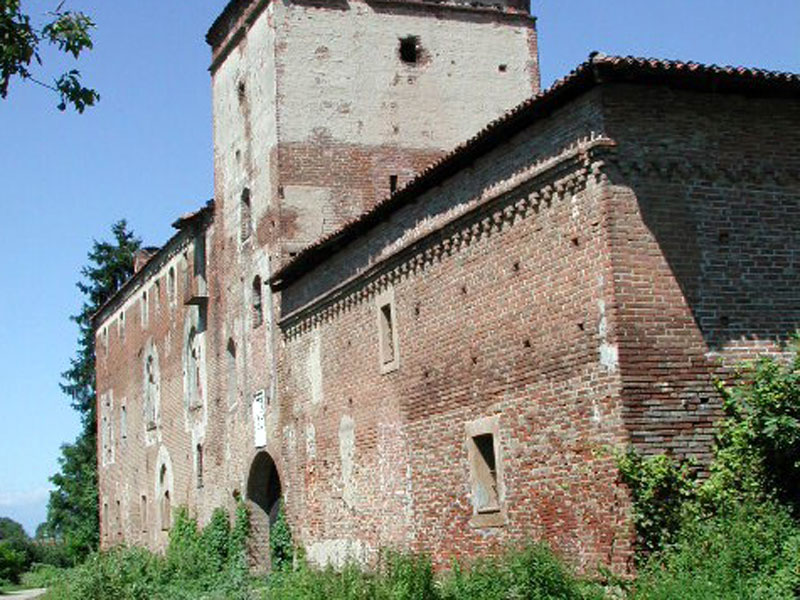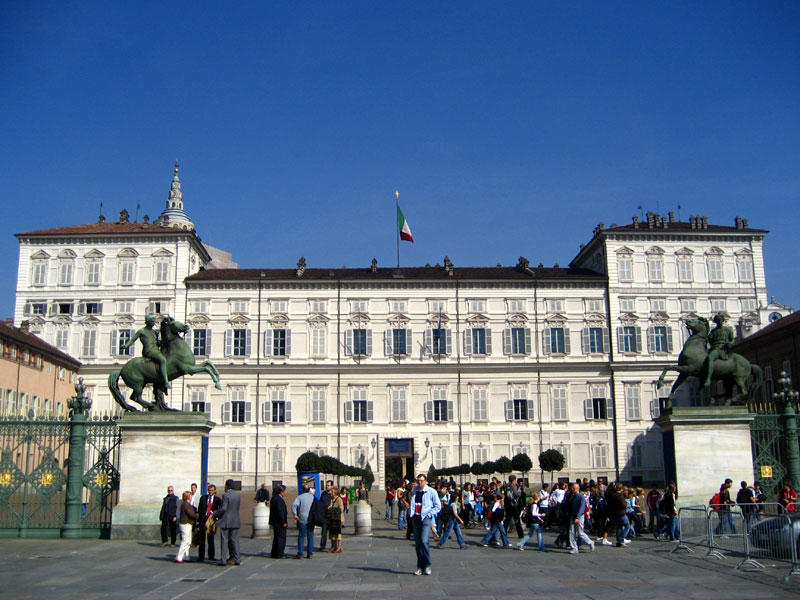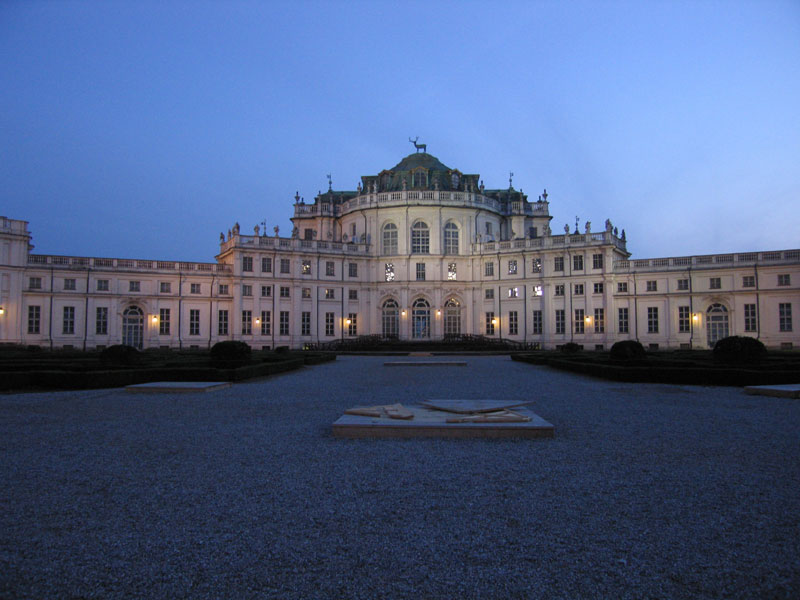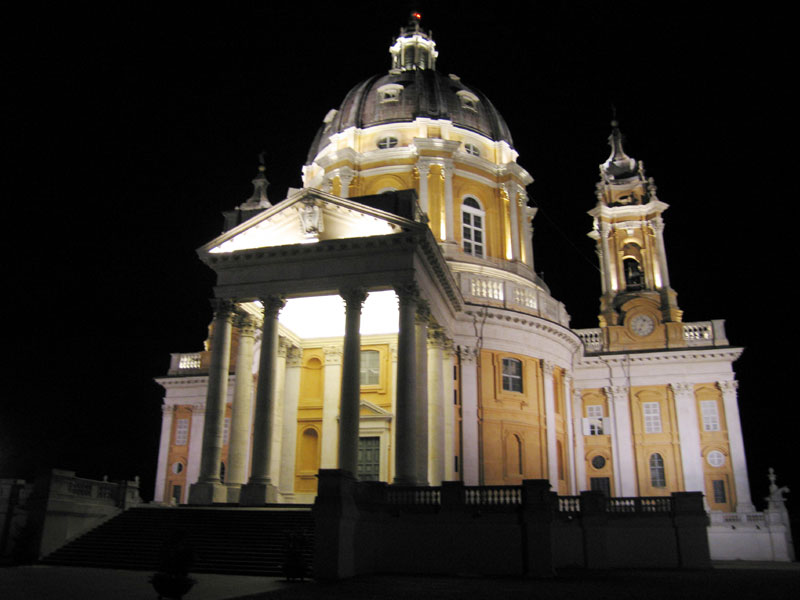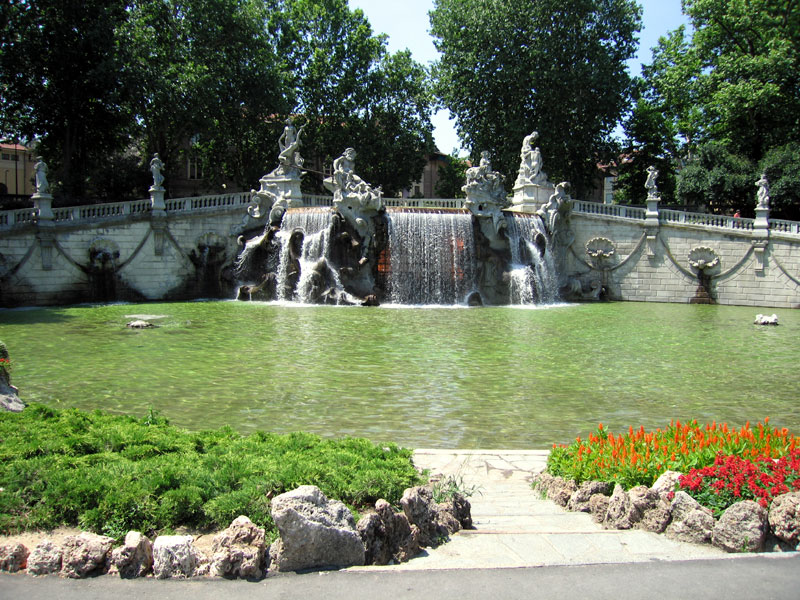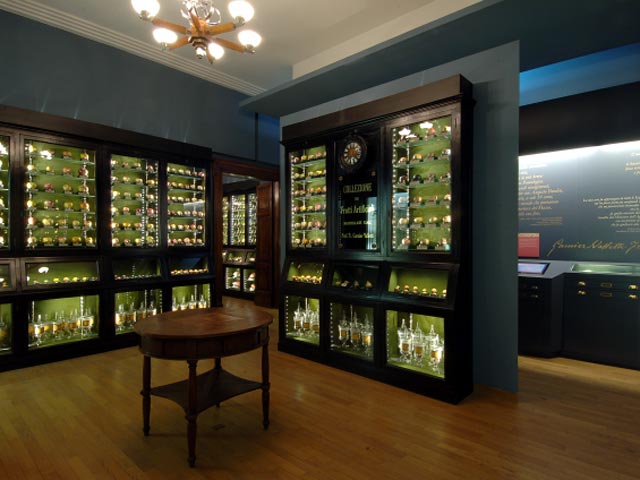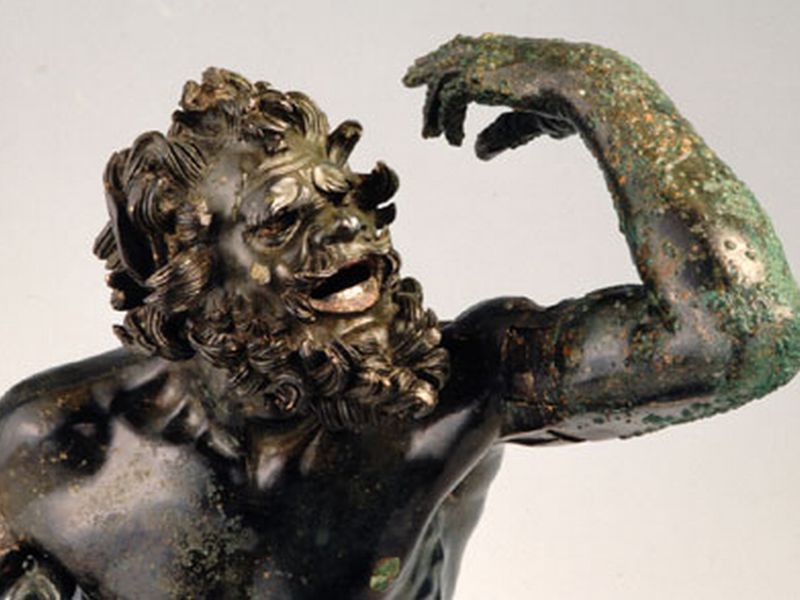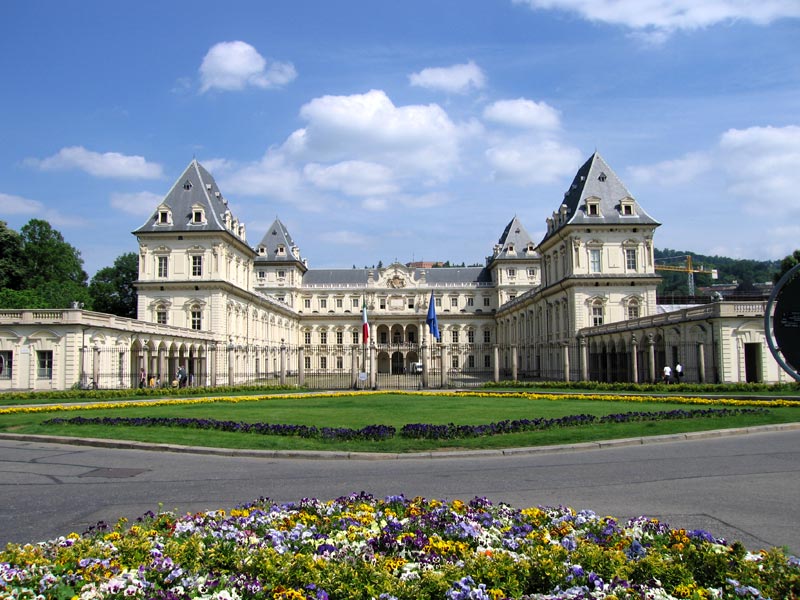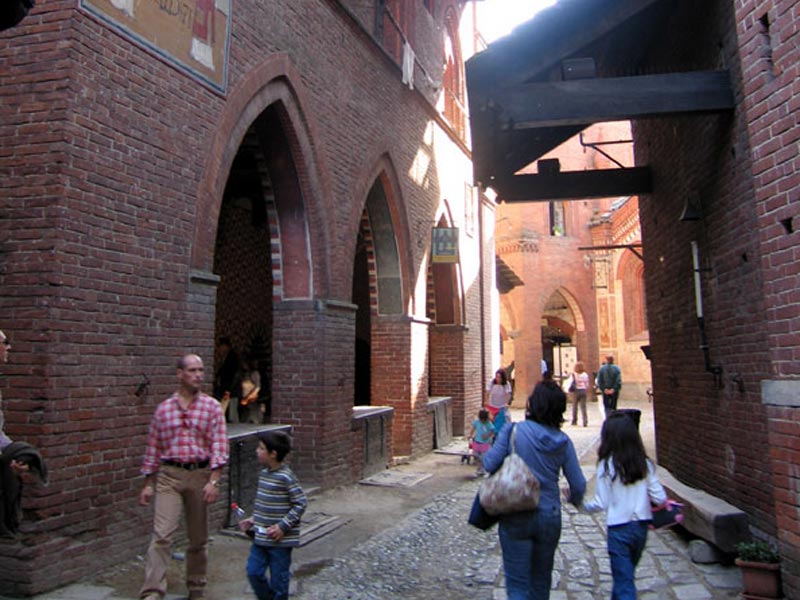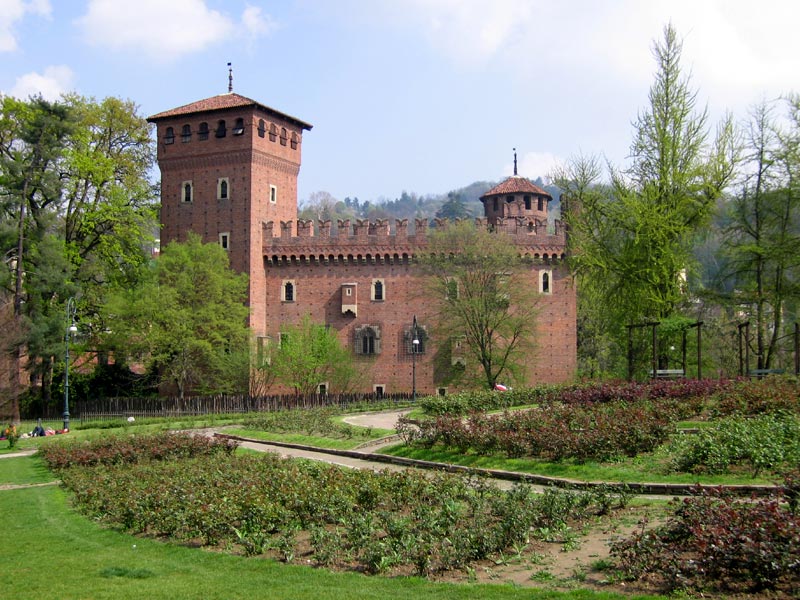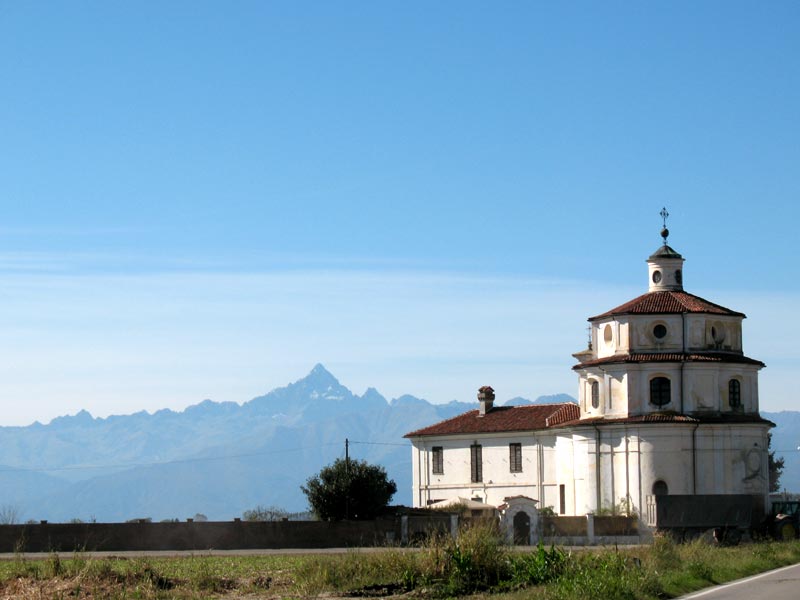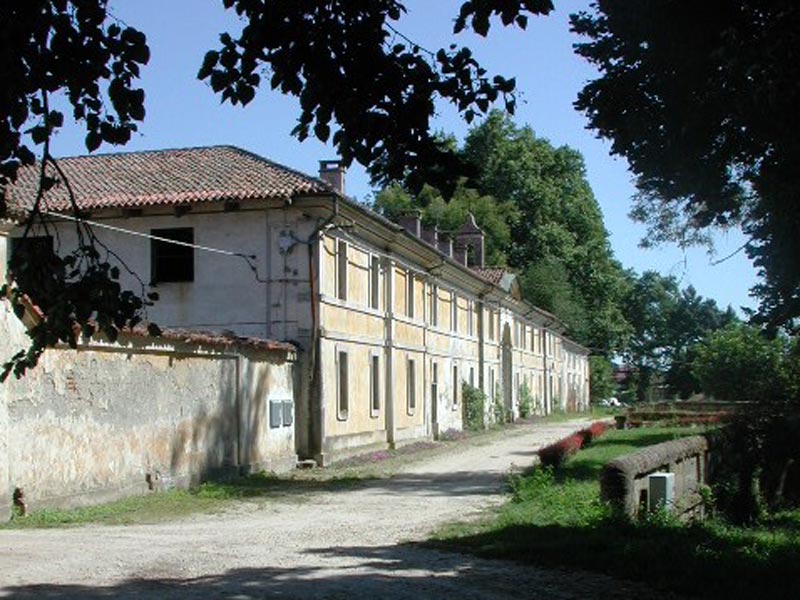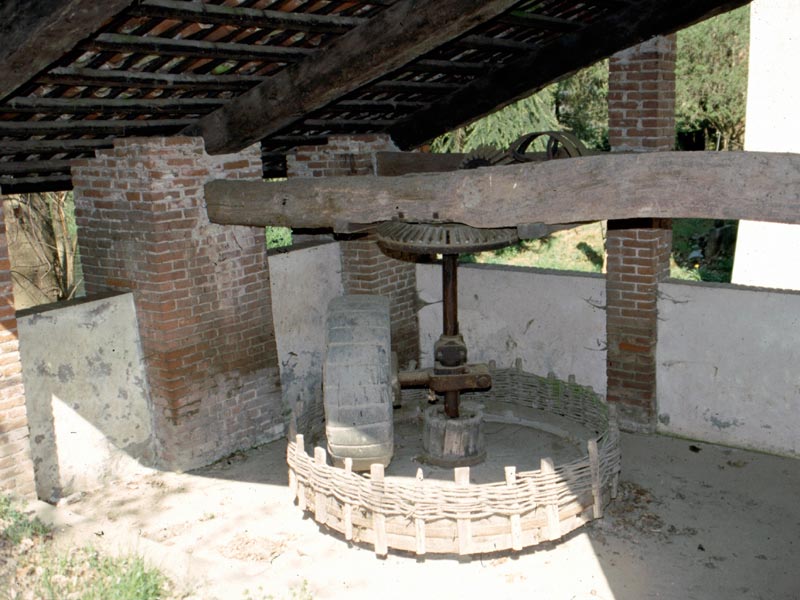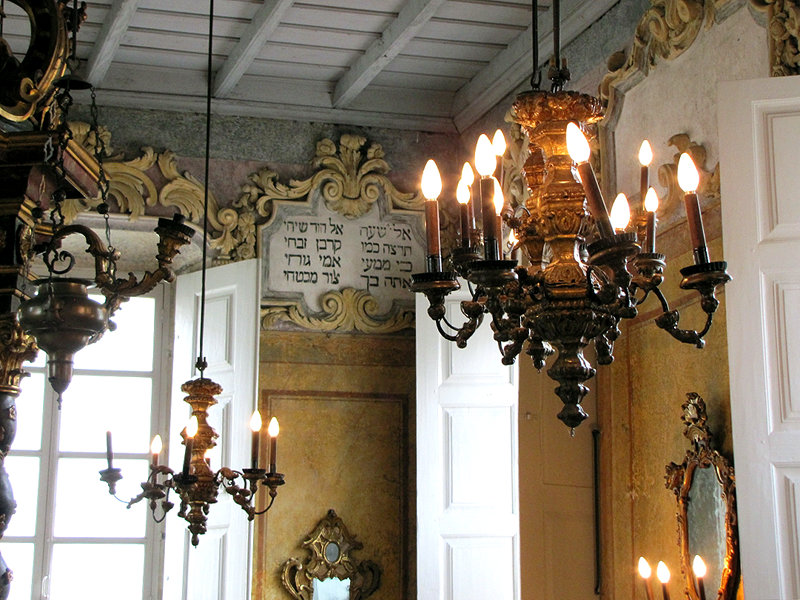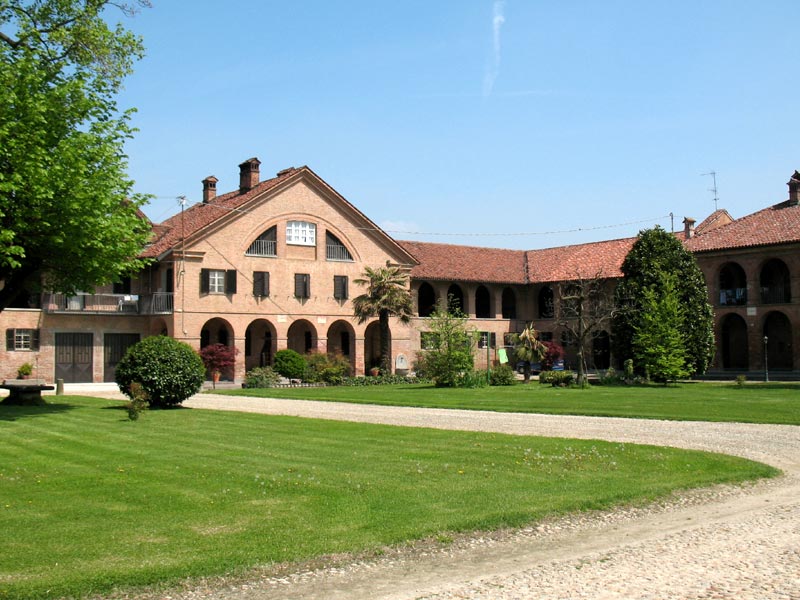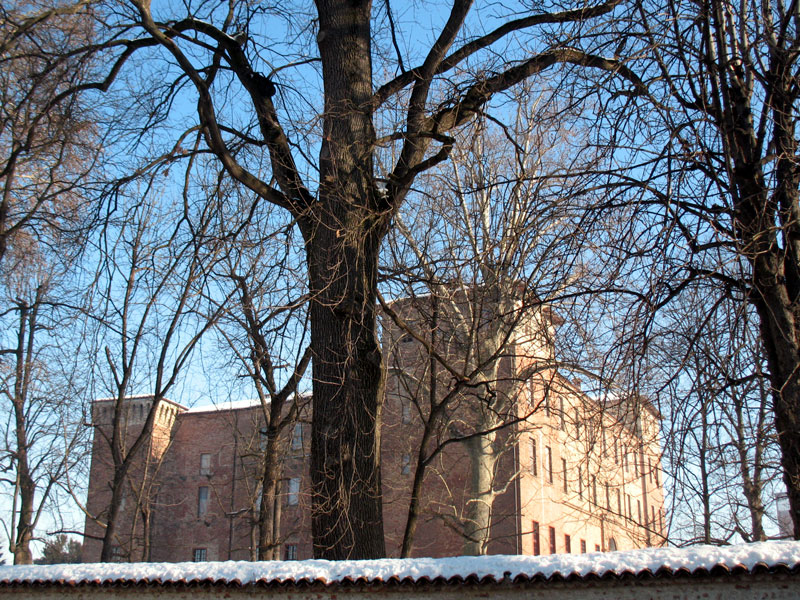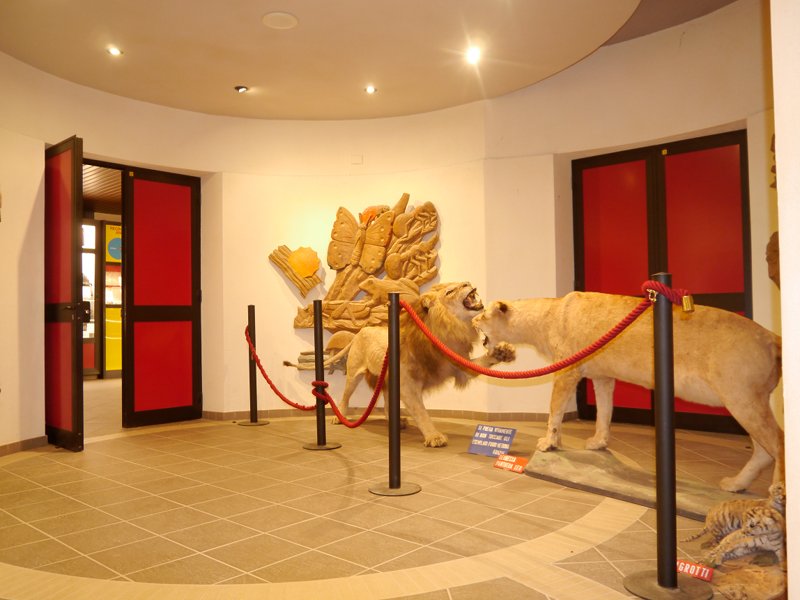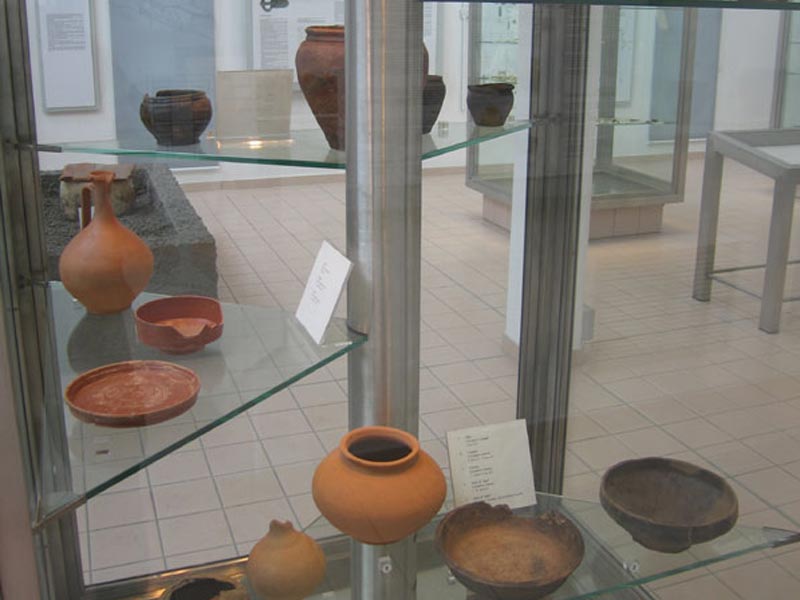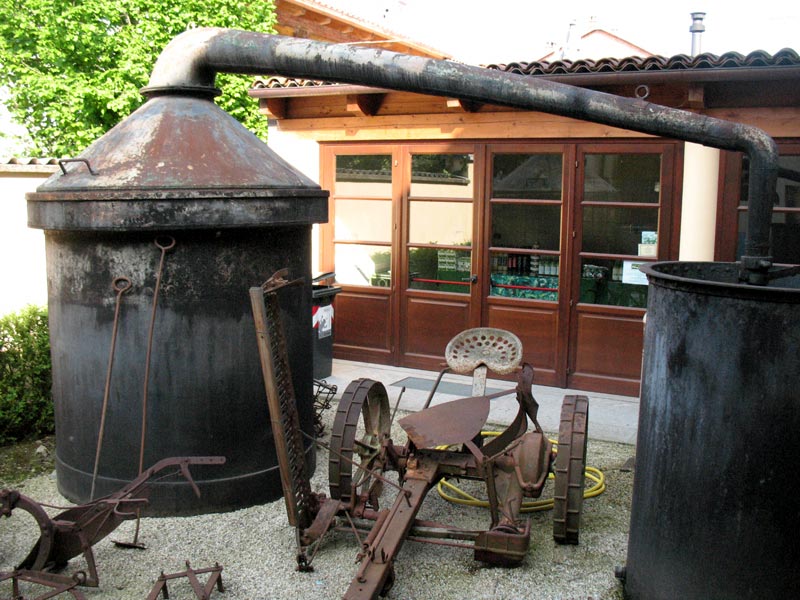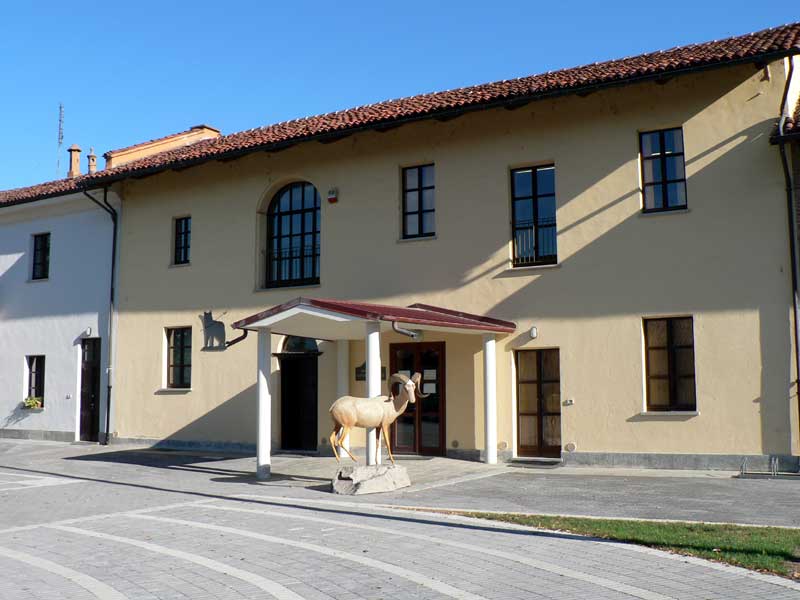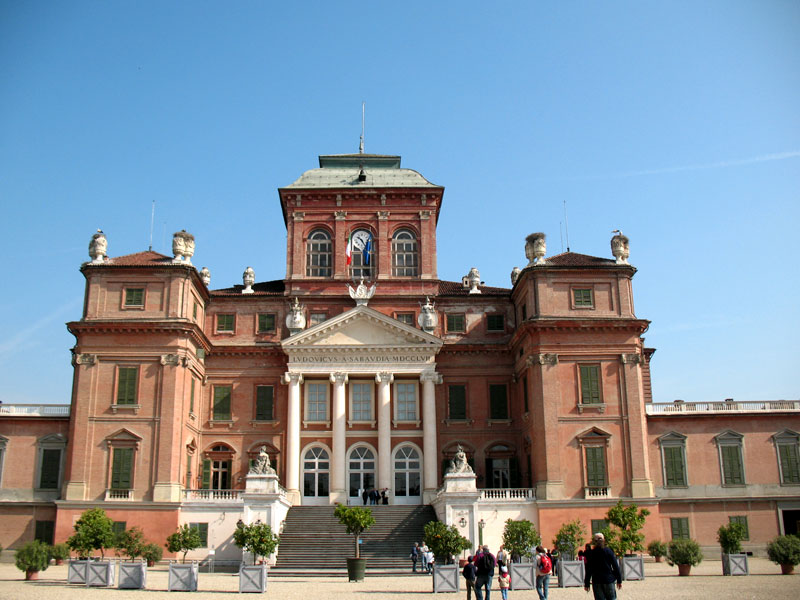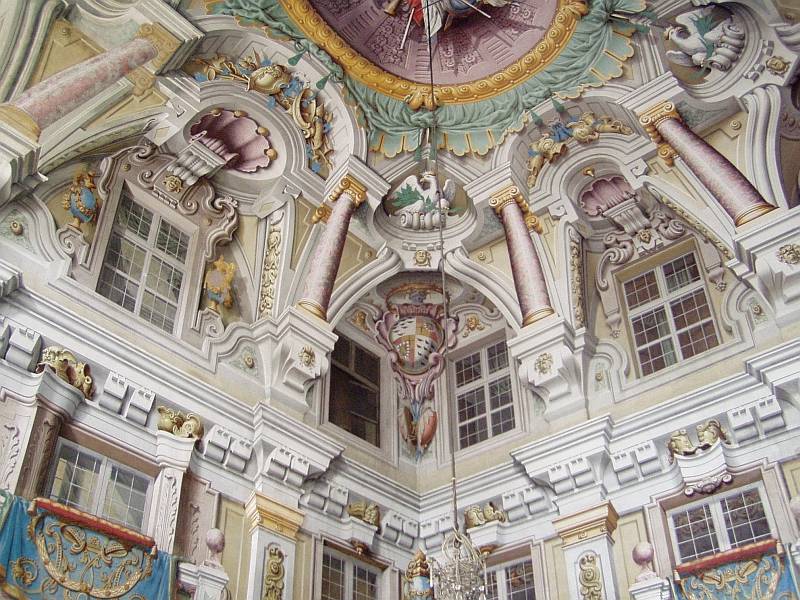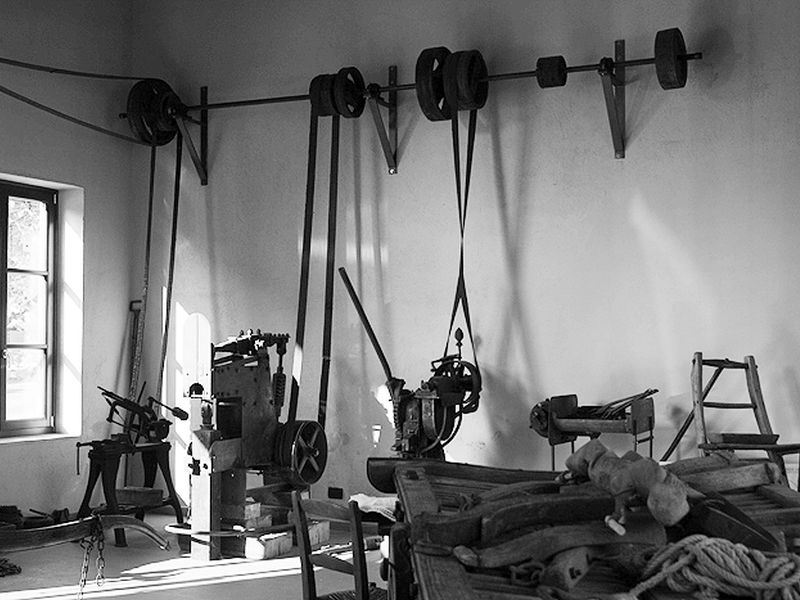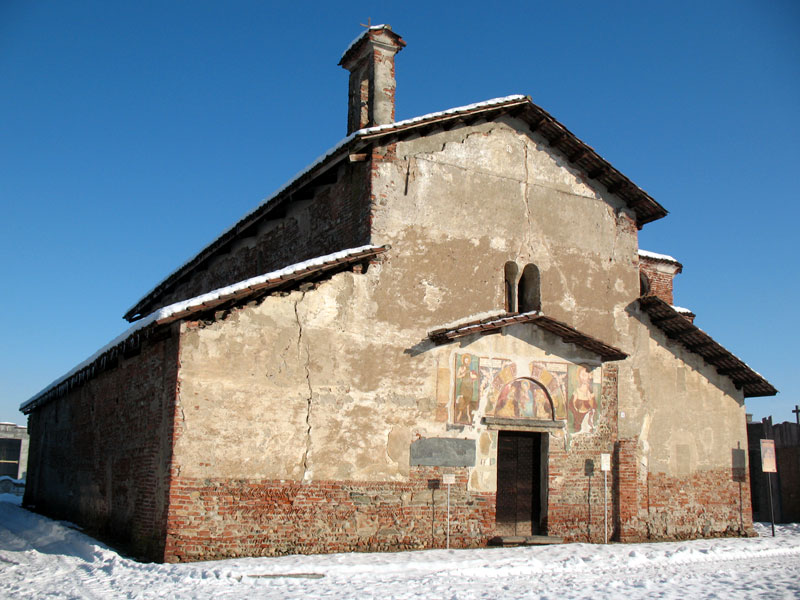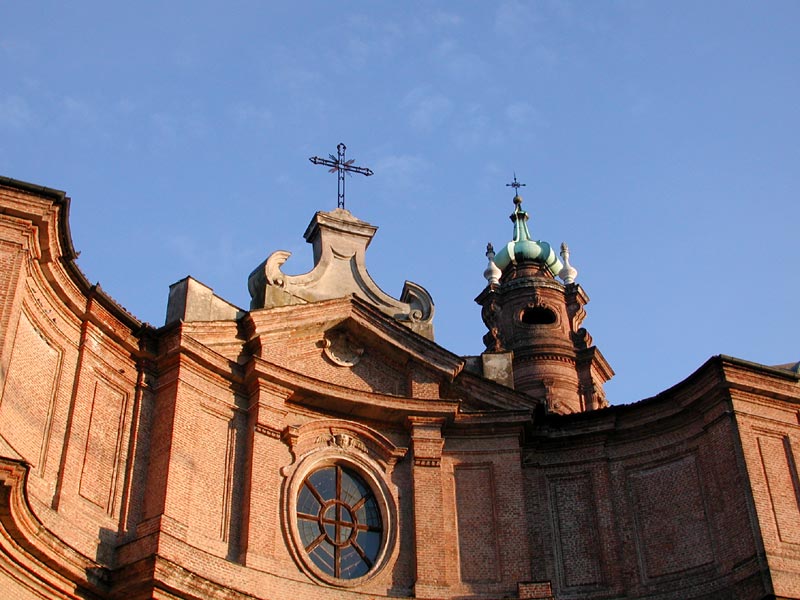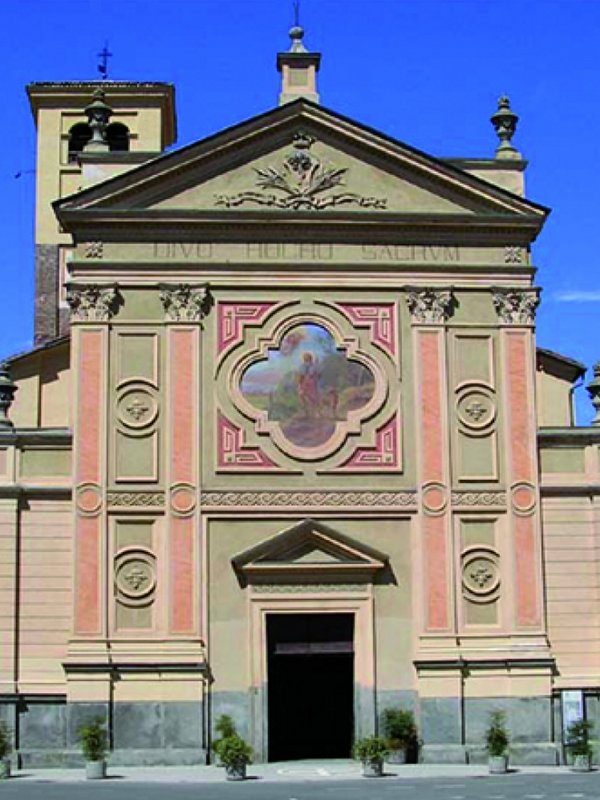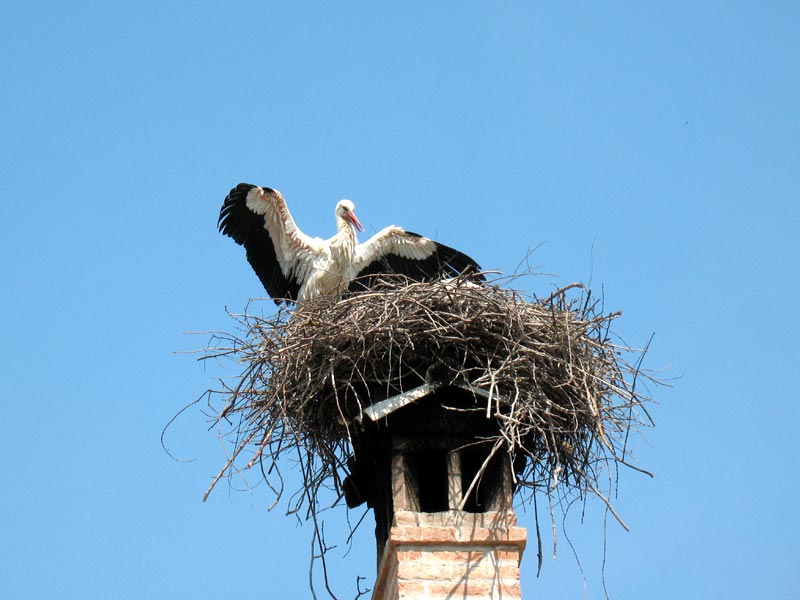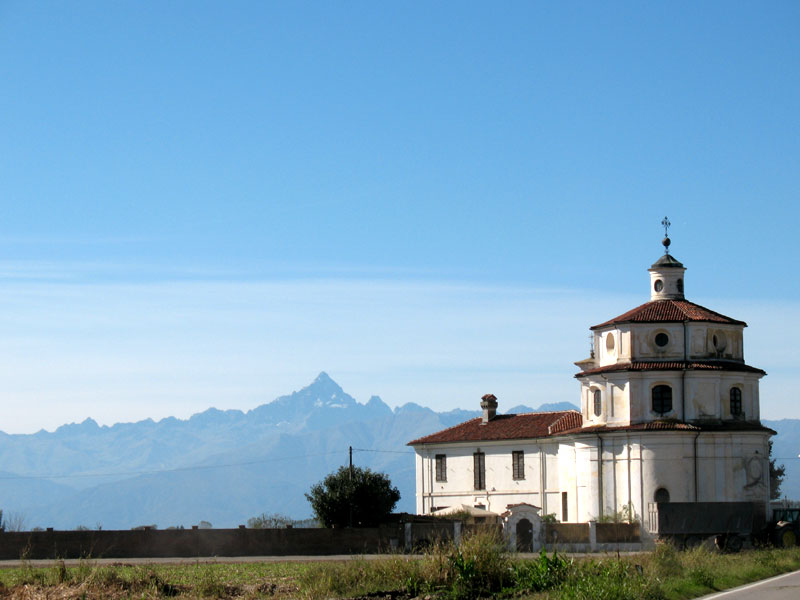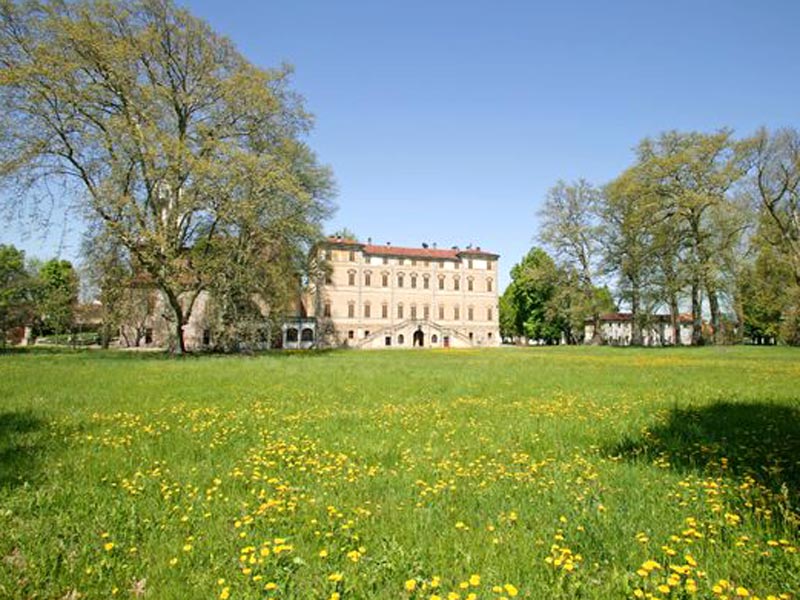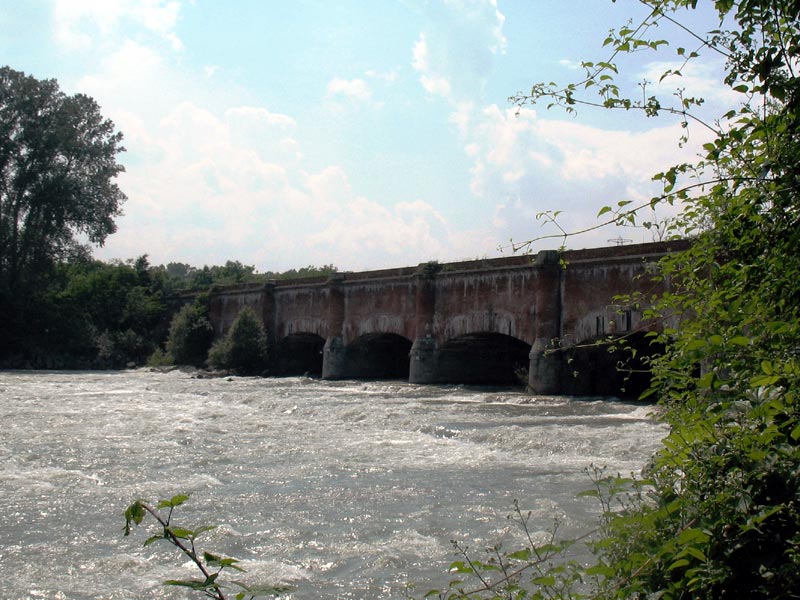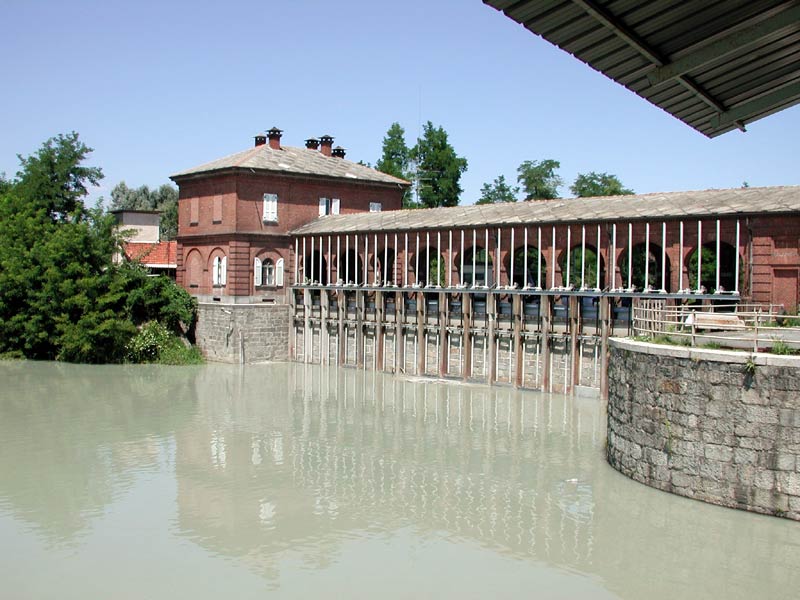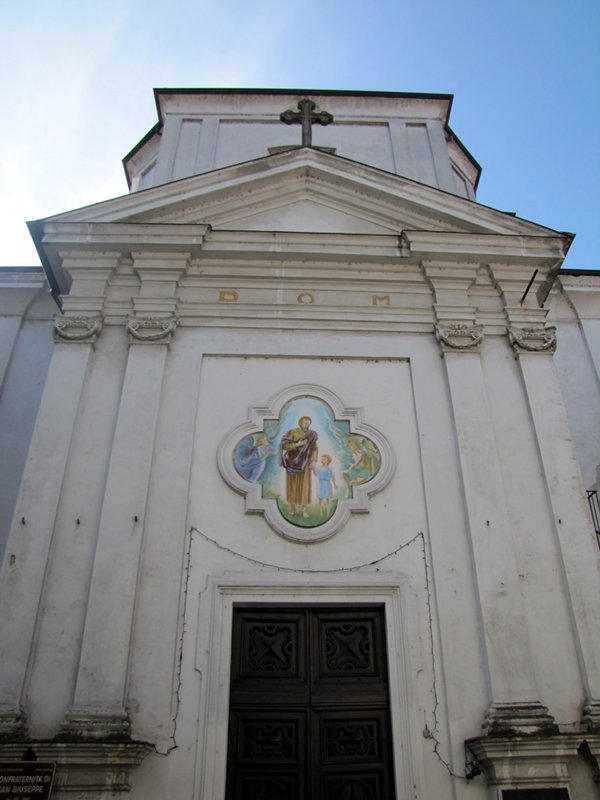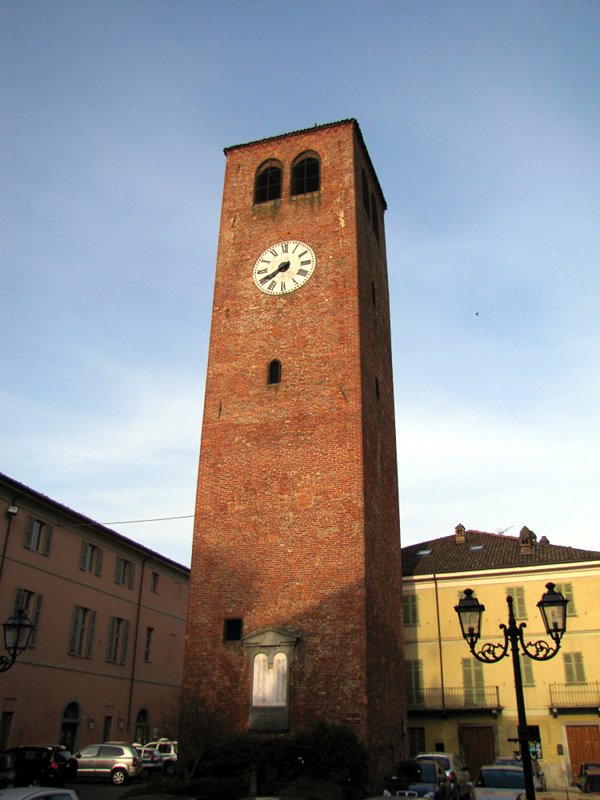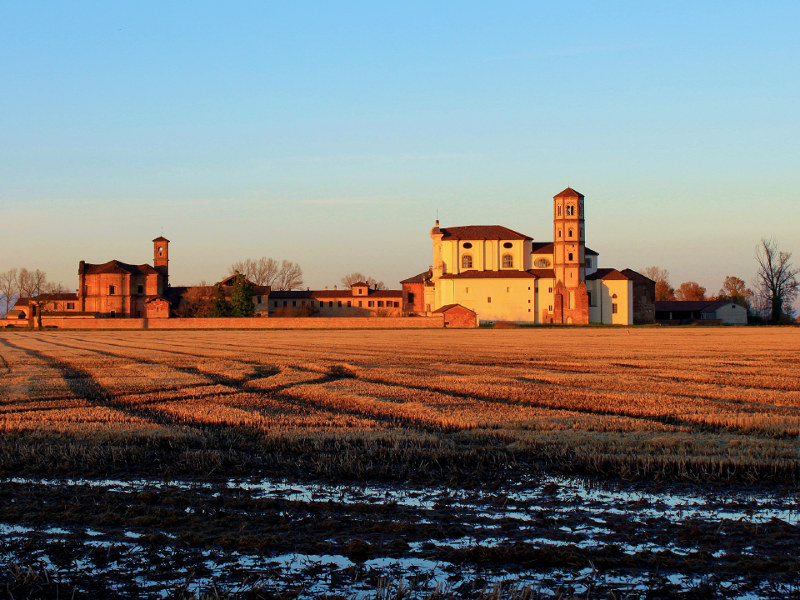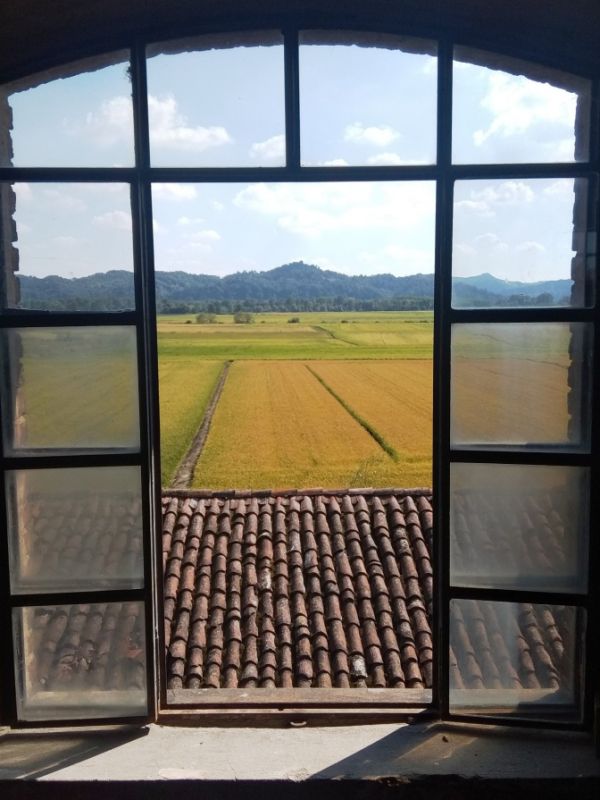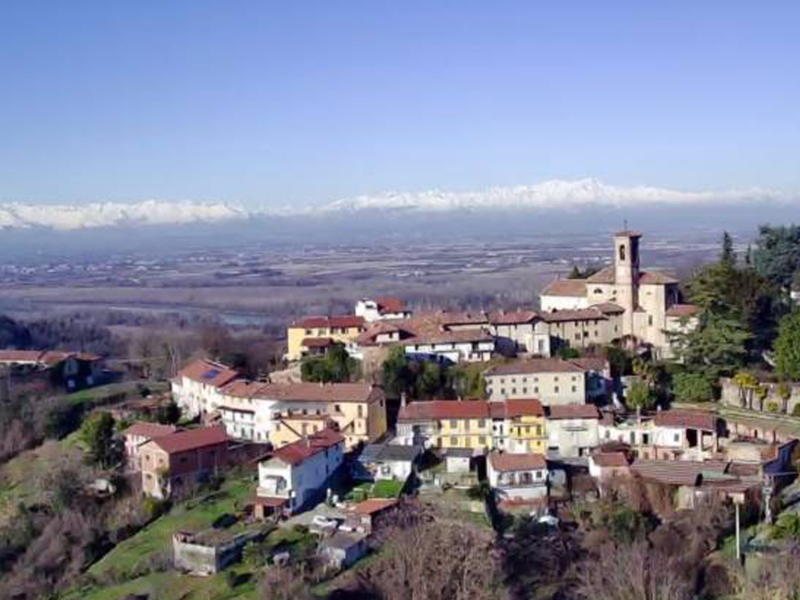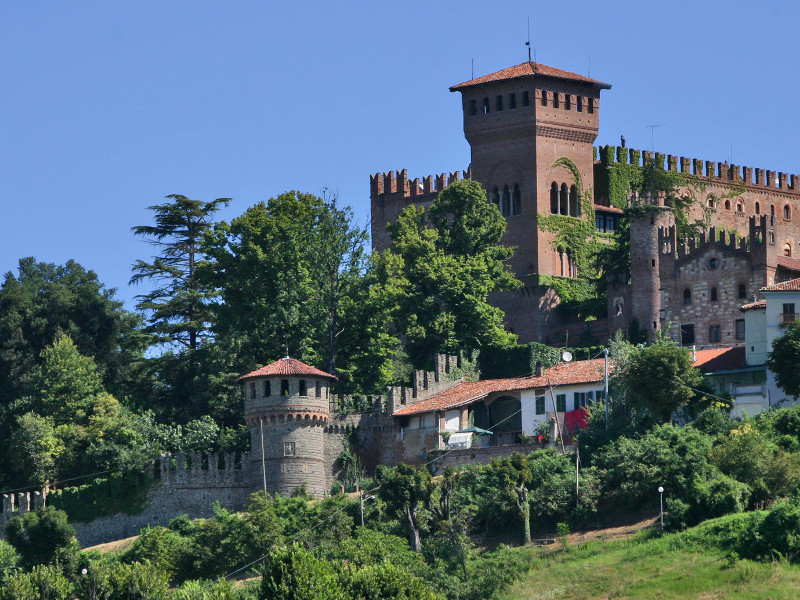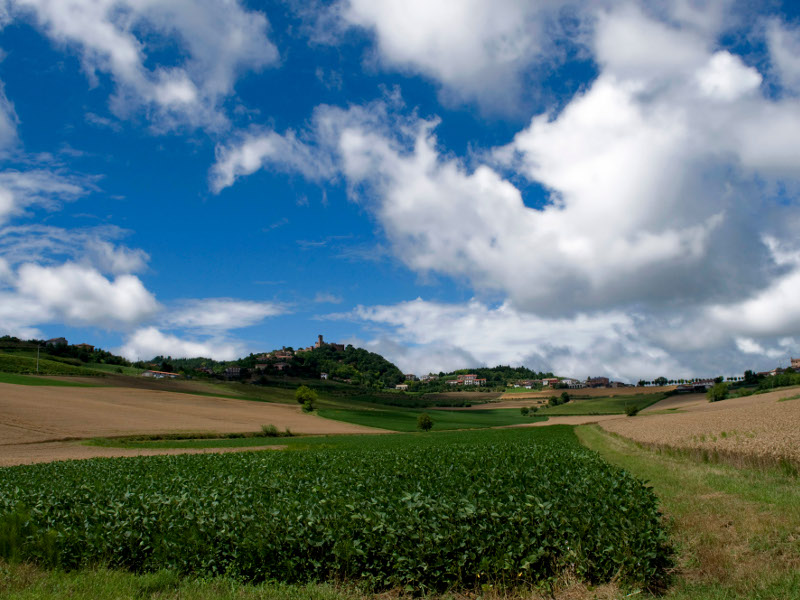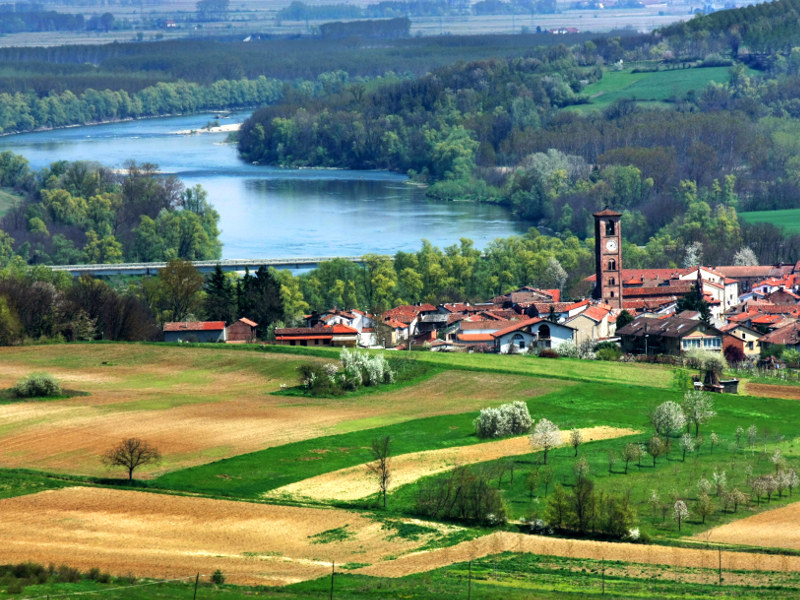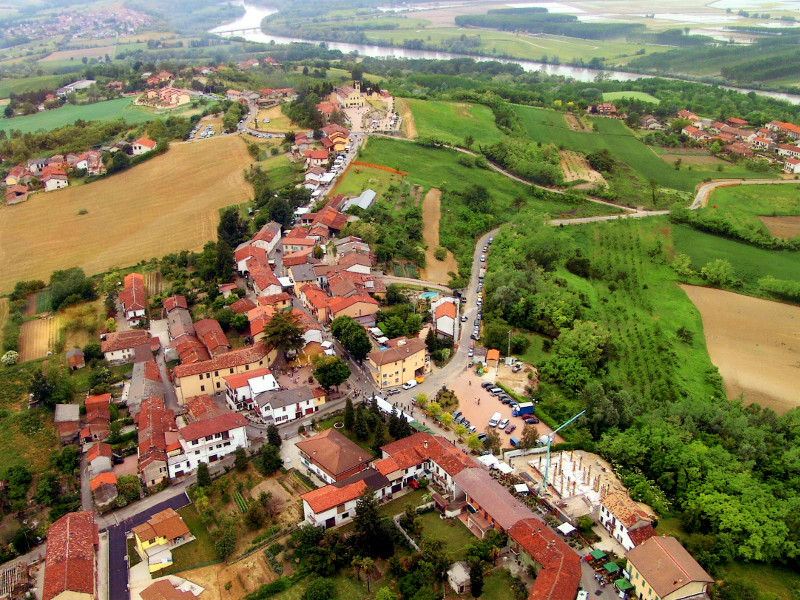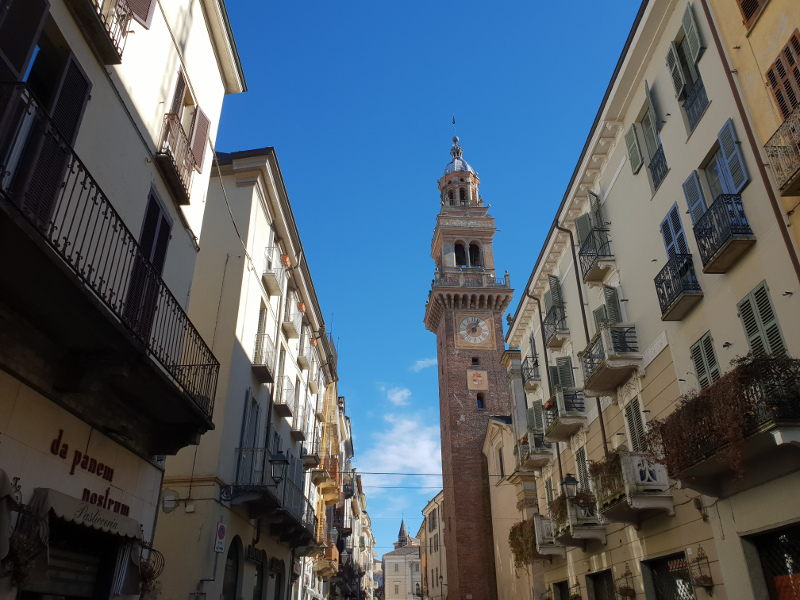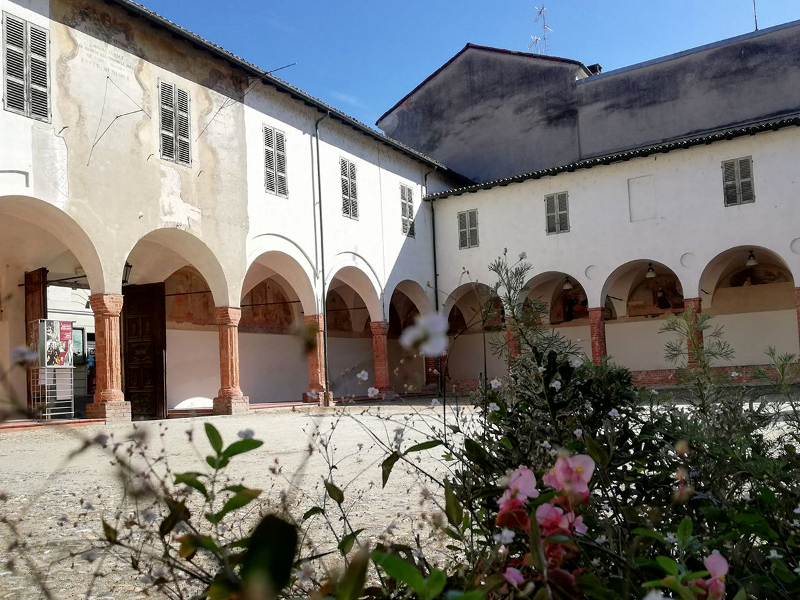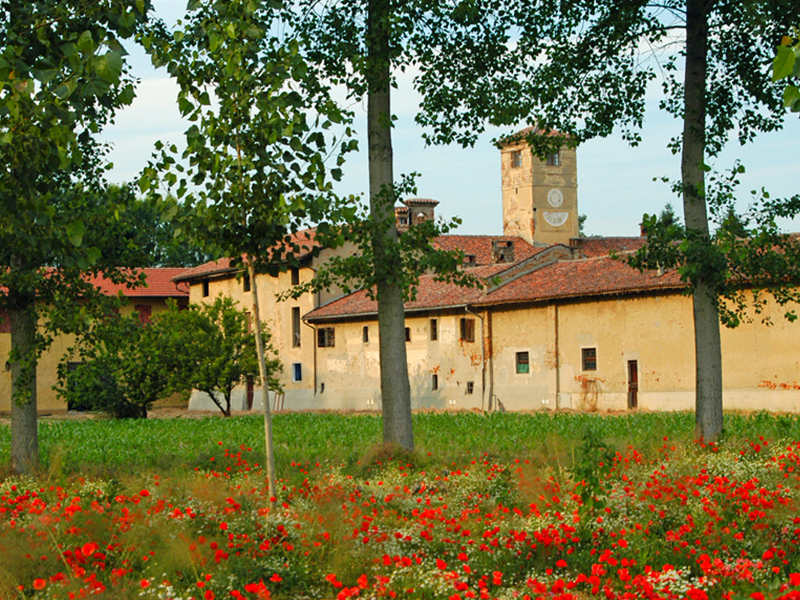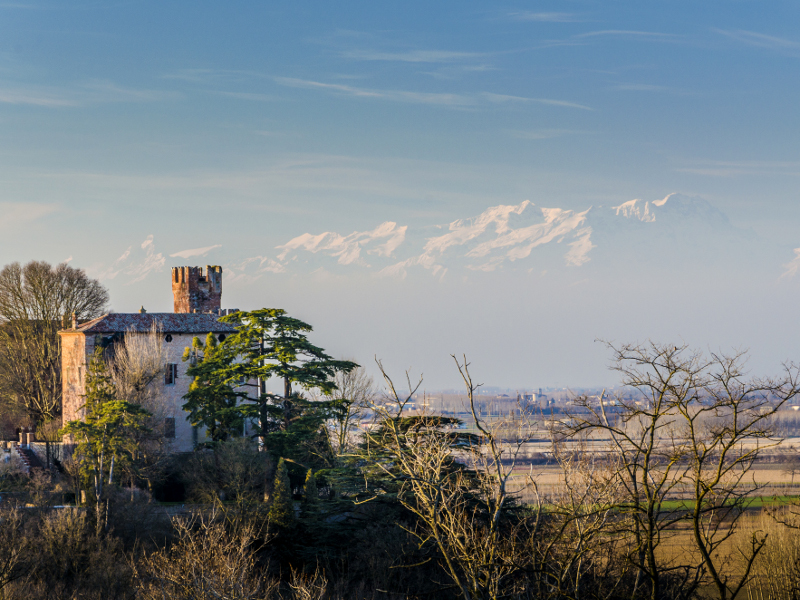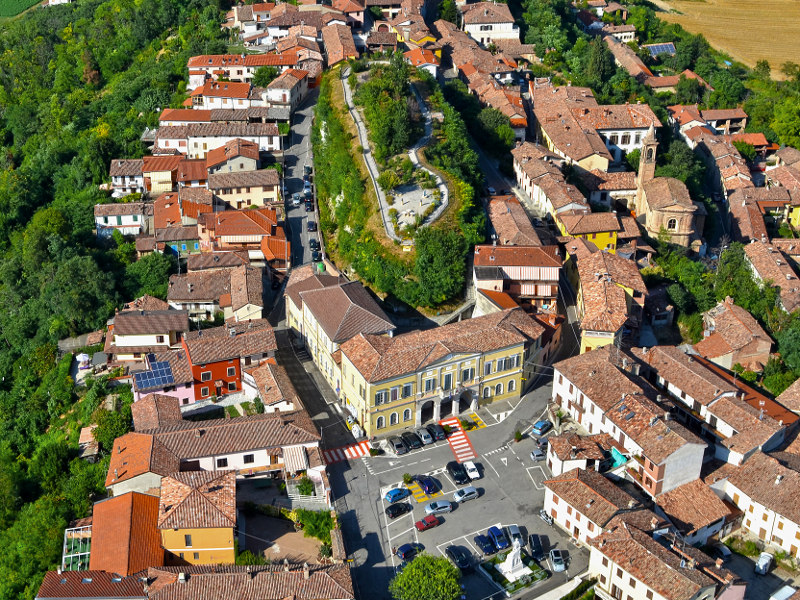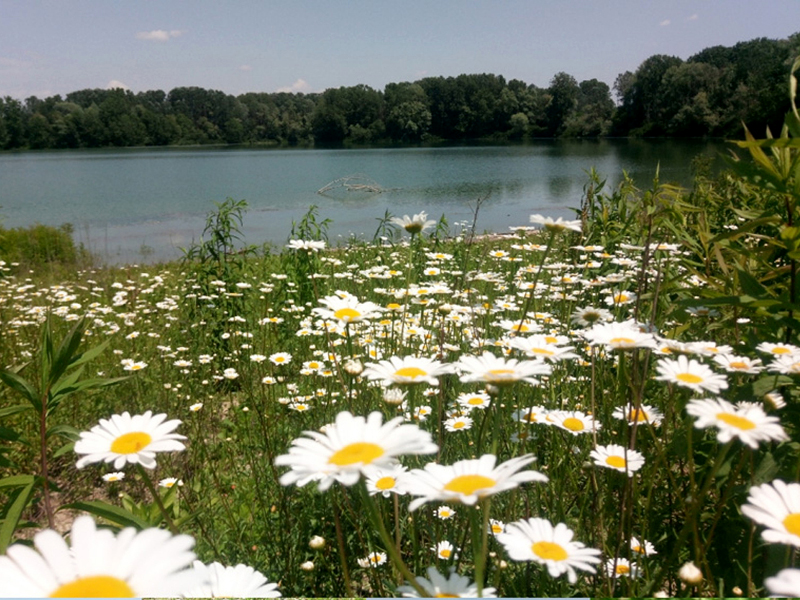Aree protette del Po Piemontese
www.parcopopiemontese.itPoints of Interest
The territory of Po Torinese Park is particularly rich in artistic and architectural evidences left by man during the centuries.
Starting from the Roman age, besides the remains of Augusta Taurinorum (Turin at the times of the Romans), the ruins of the Roman town of Industria, in Monteu Da Po, are particularly interesting.
There are several medieval, Romanesque, Gothic evidences, especially among churches, abbeys, shelters, and castles of the small villages scattered in the hills of Chivassese and in the towns of Carmagnola, Carignano, Chivasso, Crescentino, and Moncalieri.
The 17th-18th centuries are the period for which we find several and spectacular evidences: in this period, almost everywhere the old medieval castles were transformed in sumptuous noble houses or in almost impregnable fortresses, while the simple Romanesque churches are replaced by sinuous Baroque structures, mainly in bricks.
The monumental works of water intake and channels for irrigation purposes date back to the 19th century: they have transformed and characterized the whole Chivassese area (especially in Chivasso, Saluggia, and Villareggia).
Real pearls of the territory are the Royal Apartments of the Savoia family, which have become World Heritage Sites: the castles of Moncalieri, Racconigi, and Valentino, the Royal Palace and Madama and Villa della Regina in Turin, the complex of La Mandria in Chivasso and the Hunting Lodge of Stupinigi in Nichelino.
Chivassese Area (The Po of the Hills)
Several are the evidences of the art, the industriousness and initiative of man in the territory of the Po of the Hills, a passage, border, and contact area.
Starting from the excavations of the Roman town of Industria to the abbeys and Romanesque-style small churches concealed in the hills or in the villages, to the castles and shelters, to the great works that are the result of the precise and wise architectural and technical planning like the complex of Mandria di Chivasso or the water intake and channeling structures.
Torinese Area (the Po of the Kings)
The area of the Po of the Kings, densely urbanized, is characterized by a rich texture of elegant and solemn baroque architectures witnessing the period in which Turin, taking Vienna and Paris as models, was one of the most beautiful capitals in Europe. Here the Kings who decided the fate of the State used to live. However, Turin was and still is a crossroads for pilgrims and merchants, soldiers and artists, researchers and entrepreneurs who have given and continue to give their contribution, enriching the lively cultural, artistic, and architectural texture of the town and its surroundings.
Carmagnolese Area (the Po of the Lakes)
If you want to discover the deepest and most ancient soul of the culture of Piedmont, the Po of the Lakes is the right place for you. The large plain at the foot of the mountains (the term Pedemontium was invented to designate the area situated between Carmagnola, Pinerolo, and Saluzzo) is still characterized by strong local agricultural and cooking traditions. Moreover, in this area the architecture - both noble and rural - better reflects the meeting with the rural world.
Lower Vercelli area
Basso Monferrato (Low Montferrat)
Gentle hills dotted with villages, but also the flow of the river Po, the peace of nature, the boundless horizon of the plain: this is Basso Monferrato.
Casale Monferrato is the historical capital of this territory and is a town full of places to visit.
Alessandria Plain
It is the fertile plain crossed by the Po, Tanaro, Bormida and Scrivia rivers and it is characterised by extensive cereal farming.
The inhabited centres are connected bu the Roman and early medieval road system with a linear development of routes. Alessandria, founded in late Middle Ages, was from the outset the centre where the routes to nearby Liguria, Asti, Monferrato and Lomellina converged.



